Global Market Size, Forecast, and Trend Highlights Over 2025-2037
Gas Diffusion Layer Market size was valued at USD 1.29 billion in 2024 and is set to exceed USD 34.63 billion by 2037, registering over 28.8% CAGR during the forecast period i.e., between 2025-2037. In the year 2025, the industry size of gas diffusion layer is evaluated at USD 1.61 billion.
The reason behind the growth is led by the growing demand for energy across the globe, driven mostly by the expanding economies of developing countries as a result of increased industrial activity and advancements in both developed and developing nations.
According to the World Economic Forum, the average annual growth rate of the world's demand for power is predicted to reach 3.4% between this year and 2026.

Gas Diffusion Layer Market: Growth Drivers and Challenges
Growth Drivers
-
Increasing sales of electric vehicles - The gas diffusion layer landscape is significantly being driven by the rising demand for fuel-cell electric automobiles, which may become a fundamental component of CO2-free transportation.
For instance, 2023 saw about a 24% YoY increase in global BEV sales. -
Recent developments in gas diffusion layer technology - The first 3D-printable fluoropolymer gas diffusion layer has been produced by researchers at Lawrence Livermore National Laboratory and the University of Toronto, which is said to provide ways to enhance gas diffusion electrode (GDE) for CO2 reduction reactions and offer enhanced CO2 electrochemical reduction performance.
Challenges
-
Exorbitant cost associated with gas diffusion layer - Polyacrylonitrile (PAN) fibers, a synthetic resin made by polymerizing acrylonitrile, are the main ingredient used in the production of the gas diffusion layer leading to higher cost of production.
Although PAN-based carbon fibers are renowned for their exceptional performance and strength, producing the precursor material is costly as it involves energy-intensive processes, including the carbonization process, and the total cost is also increased by the requirement for specialized machinery and regulated surroundings during the production process.
Moreover, high-quality PAN is one of the precursor materials used in the production of carbon fiber, helping to guarantee that the final product satisfies the exacting standards, which contribute considerably to the total cost of the material.
Supply chain disruptions - Natural catastrophes, geopolitical unrest, or other events may cause supply chain disruptions that affect production and the availability and cost of gas diffusion layer solutions, such as shortages of essential materials or components.
Gas Diffusion Layer Market: Key Insights
| Report Attribute | Details |
|---|---|
|
Base Year |
2024 |
|
Forecast Year |
2025-2037 |
|
CAGR |
28.8% |
|
Base Year Market Size (2024) |
USD 1.29 billion |
|
Forecast Year Market Size (2037) |
USD 34.63 billion |
|
Regional Scope |
|
Gas Diffusion Layer Segmentation
Application (Polymer Electrolyte Fuel Cells, Hydrogen /Oxygen Air Fuel Cells, Direct Methanol Fuel Cells)
Hydrogen /oxygen air fuel cells segment is predicted to hold gas diffusion layer market share of more than 40% by 2037. The segment growth can be attributed to the rising demand for portable electronics such as mobiles, and laptops. For instance, there will be more than 15 billion mobile devices by 2025, a rise of around 4 billion over 2020 levels.
Hydrogen /oxygen air fuel cells typically known as proton exchange membrane fuel cells are used to power portable electronic equipment, like laptops and cell phones.
Gas diffusion layers, or GDLs, are essential parts of many different kinds of fuel cells, such as proton exchange membrane (PEM) fuel cells, which primarily transport gases and water, and are responsible for distributing reactant gases to the catalyst surface and for carrying current to the collector plates.
Apart from ensuring the mechanical integrity of the membrane electrode assembly, gas diffusion layers carry out a multitude of crucial functions in the PEM fuel cell's operation, including gas distribution, water transportation, and thermal and electrical conduction since a PEM fuel cell requires uniform diffusion of the gas (hydrogen and air/oxygen) being converted to energy.
Additionally, one element that is essential to the functioning of polymer electrolyte membrane fuel cells (PEMFCs) is the gas diffusion layer since it is in charge of delivering the reactants to the catalyst layers, and also acts as a conduit for the movement of gas, water, heat, and electrons.
Besides this, in a direct methanol fuel cell, the gas diffusion layer (GDL) is a crucial part of the membrane electrode assembly (DMFC), which has significant effects on fuel and water management.
Type (Carbon Paper, Carbon Cloth)
The carbon paper segment in gas diffusion layer market is set to register a notable CAGR shortly. The market for fuel cell gas diffusion layers is dominated by carbon paper due to its superior qualities, which include high conductivity, resistance to corrosion, and high gas permeability, which provides structural support for the electrocatalyst layer along with acting as a current collector.
Gas diffusion layers (GDLs) can be purchased commercially in several formats, including carbon paper, which finds several uses in a fuel cell single cell or stack that is located between the membrane and the graphite plate.
GDLs are made of porous carbon paper that has been coated in a microporous layer to repel water.
Furthermore, the excellent electrical/thermal conductivity and gas permeability of carbon cloth make it the ideal MPS material, which is also widely used for PEMFC and DMFC fuel cell applications.
Our in-depth analysis of the gas diffusion layer market includes the following segments:
|
Type |
|
|
Application |
|

Vishnu Nair
Head - Global Business DevelopmentCustomize this report to your requirements — connect with our consultant for personalized insights and options.
Gas Diffusion Layer Industry - Regional Synopsis
APAC Market Statistics
Asia Pacific industry is likely to hold largest revenue share of 43% by 2037, The market growth in the region is also expected on account of the increasing greenhouse gas emissions. For instance, the Asia-Pacific area emitted more than 15 billion tons of carbon dioxide in total in 2022.
Therefore, the government has implemented several policy measures to encourage the use of hydrogen fuel in the region since many nations are investigating hydrogen as an alternative fuel and a bridge to sustainable development to attain net zero emissions. As a result, fuel cells that rely on gas diffusion layers are becoming more important in the region.
China is one of the Asia-Pacific region's fastest-growing gas diffusion layer market for fuel cell technology followed by South Korea because of the extensive fuel cell commercialization.
Japan has long been at the forefront of fuel cell and green hydrogen technology, leading to a significant adoption of gas diffusion layers.
For instance, the Japanese government updated its Basic Hydrogen Strategy in June 2023 which aims to invest about USD 98 billion over the next 15 years on nine essential technologies, such as fuel cells and water electrolysis devices.
European Market Analysis
The Europe region will also encounter enormous growth for the gas diffusion layer market during the forecast period and will hold the second position owing to the increasing focus on sustainability in this region. The European Union's growth strategy, known as the European Green Deal (EGD), aims to improve natural capital and achieve climate neutrality by 2050, by eliminating pollution, and ensuring that no one is left behind.
This is anticipated to drive the adoption of fuel cells in the region, leading to a higher demand for gas diffusion layers.
For many years, Germany has been developing fuel cells for use as a mobile power source for automobiles, resulting in a higher demand for gas diffusion layers.
Also, the first hydrogen fuel cell-powered home in Europe was constructed by researchers at the University of Sannio, located in Southern Italy to power both residential and commercial structures.

Companies Dominating the Gas Diffusion Layer Market
- Caplinq Corporation
- Company Overview
- Business Strategy
- Key Product Offerings
- Financial Performance
- Key Performance Indicators
- Risk Analysis
- Recent Development
- Regional Presence
- SWOT Analysis
- Freudenberg Group
- AvCarb LLC
- Fuel Cells Etc.
- Mitsubishi Chemical Corporation
- Mott Corporation
- SGL Carbon
- Technical Fibre Products
- GKD Gebr
- Kufferath AG.
The gas diffusion layer market consists of many key players who are launching various strategic initiatives to expand their market position in the industry.
Recent Developments
- Freudenberg Group announced to provide fuel cell stacks with gas diffusion layers under contract to expedite the mass production of fuel cell stacks.
In addition, Freudenberg is now adding more lines at its Weinheim headquarters to increase its production capacity, therefore, fuel cell technology will continue to be a vital component of their commercial endeavors in the future. - AvCarb LLC introduced a new series 9 microporous layer (MPL) for our Gas Diffusion Layer (GDL) technology with enhanced MPL composition that reduces production-related penetration, which gives the fuel cell system a consistent surface for ensuing coatings, improves membrane protection, and reduces contact resistance, which lowers high-frequency resistance (HFR).
- Report ID: 6080
- Published Date: Jan 03, 2025
- Report Format: PDF, PPT
- Get detailed insights on specific segments/region
- Inquire about report customization for your industry
- Learn about our special pricing for startups
- Request a demo of the report’s key findings
- Understand the report’s forecasting methodology
- Inquire about post-purchase support and updates
- Ask About Company-Level Intelligence Additions
Have specific data needs or budget constraints?
Frequently Asked Questions (FAQ)
Gas Diffusion Layer Market Report Scope
FREE Sample Copy includes market overview, growth trends, statistical charts & tables, forecast estimates, and much more.
Connect with our Expert
See how top U.S. companies are managing market uncertainty — get your free sample with trends, challenges, macroeconomic factors, charts, forecasts, and more.
 Inquiry Before Buying
Inquiry Before Buying
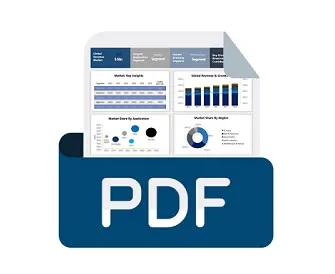

 Afghanistan (+93)
Afghanistan (+93)
 Åland Islands (+358)
Åland Islands (+358)
 Albania (+355)
Albania (+355)
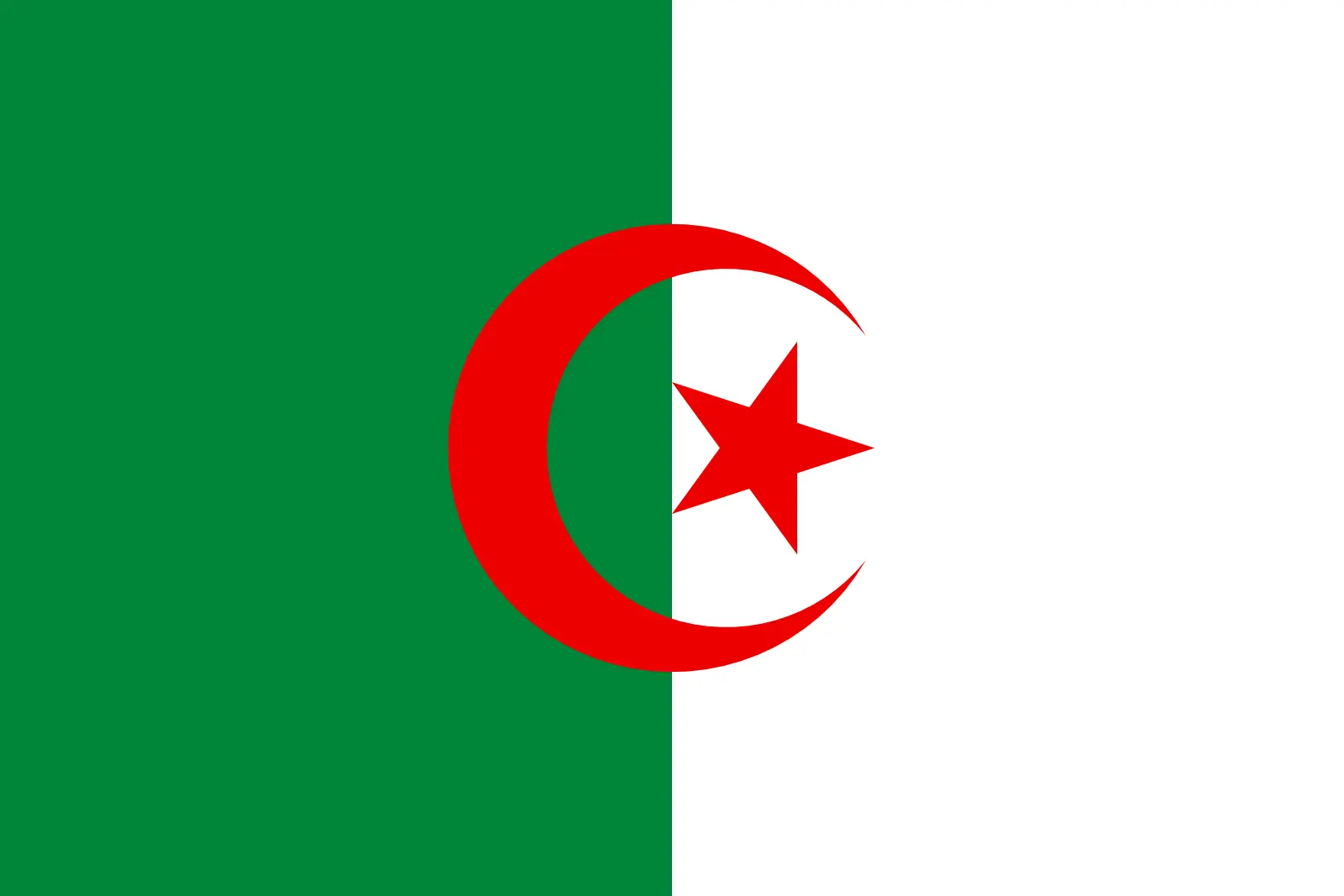 Algeria (+213)
Algeria (+213)
 American Samoa (+1684)
American Samoa (+1684)
 Andorra (+376)
Andorra (+376)
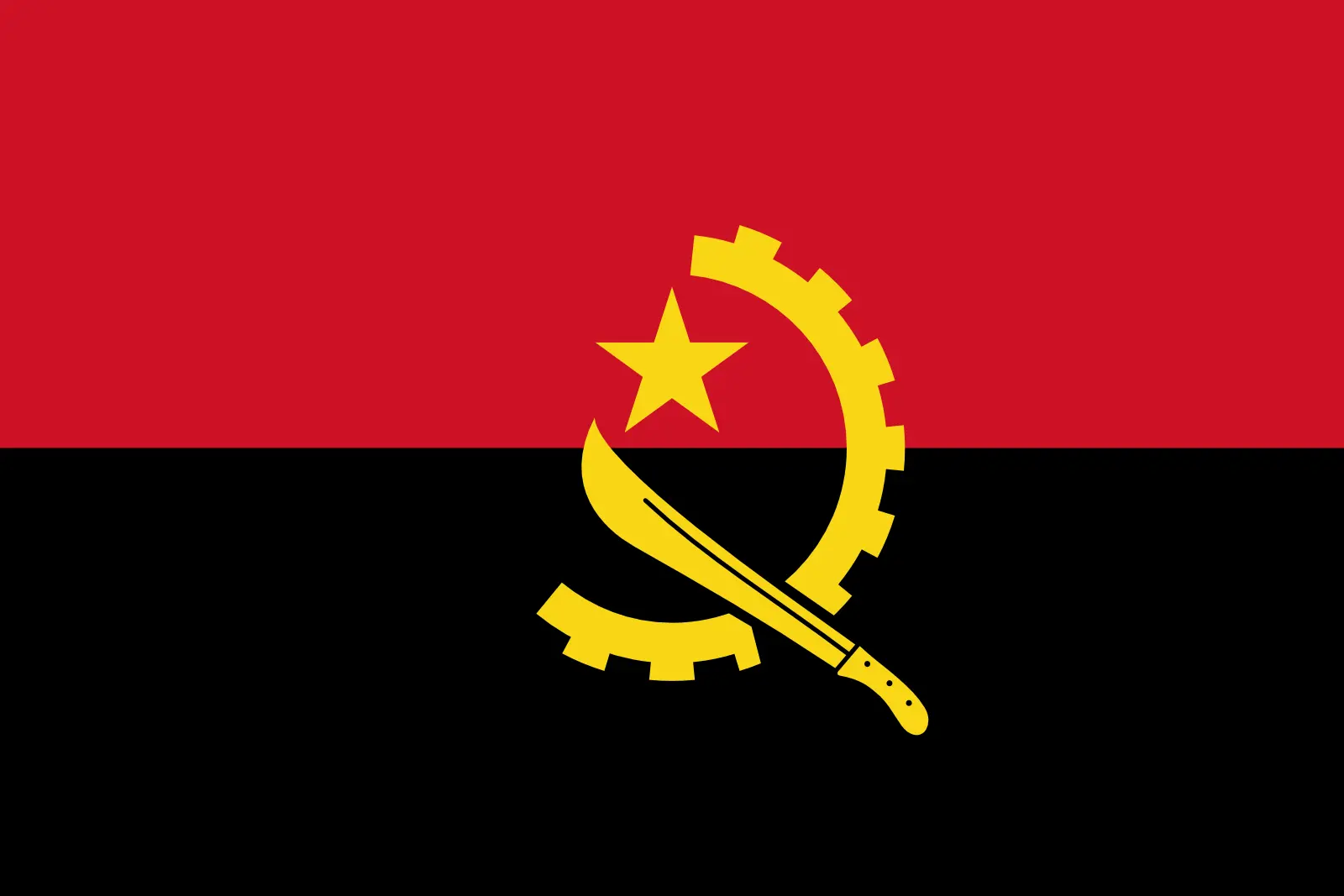 Angola (+244)
Angola (+244)
 Anguilla (+1264)
Anguilla (+1264)
 Antarctica (+672)
Antarctica (+672)
 Antigua and Barbuda (+1268)
Antigua and Barbuda (+1268)
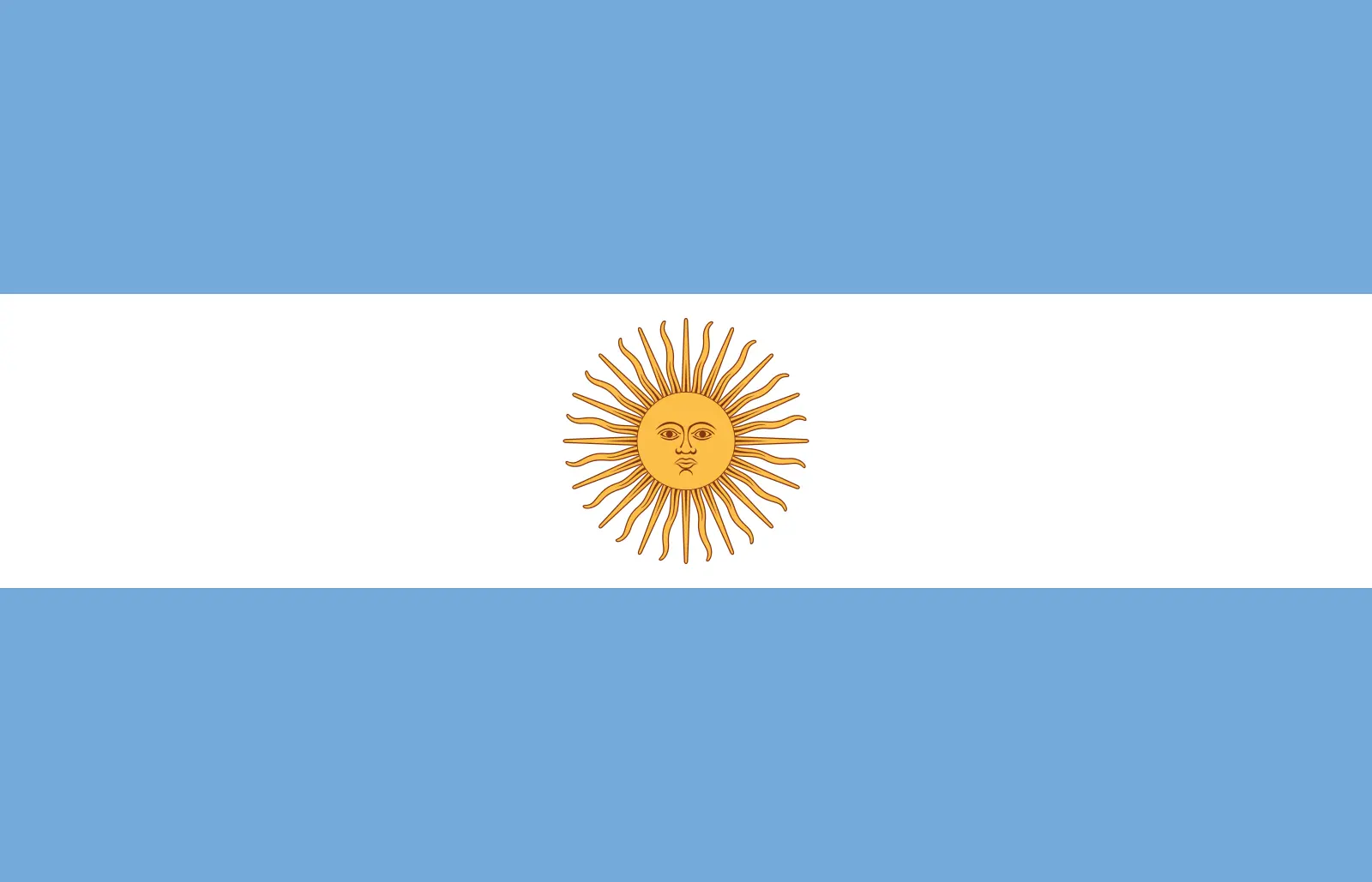 Argentina (+54)
Argentina (+54)
 Armenia (+374)
Armenia (+374)
 Aruba (+297)
Aruba (+297)
 Australia (+61)
Australia (+61)
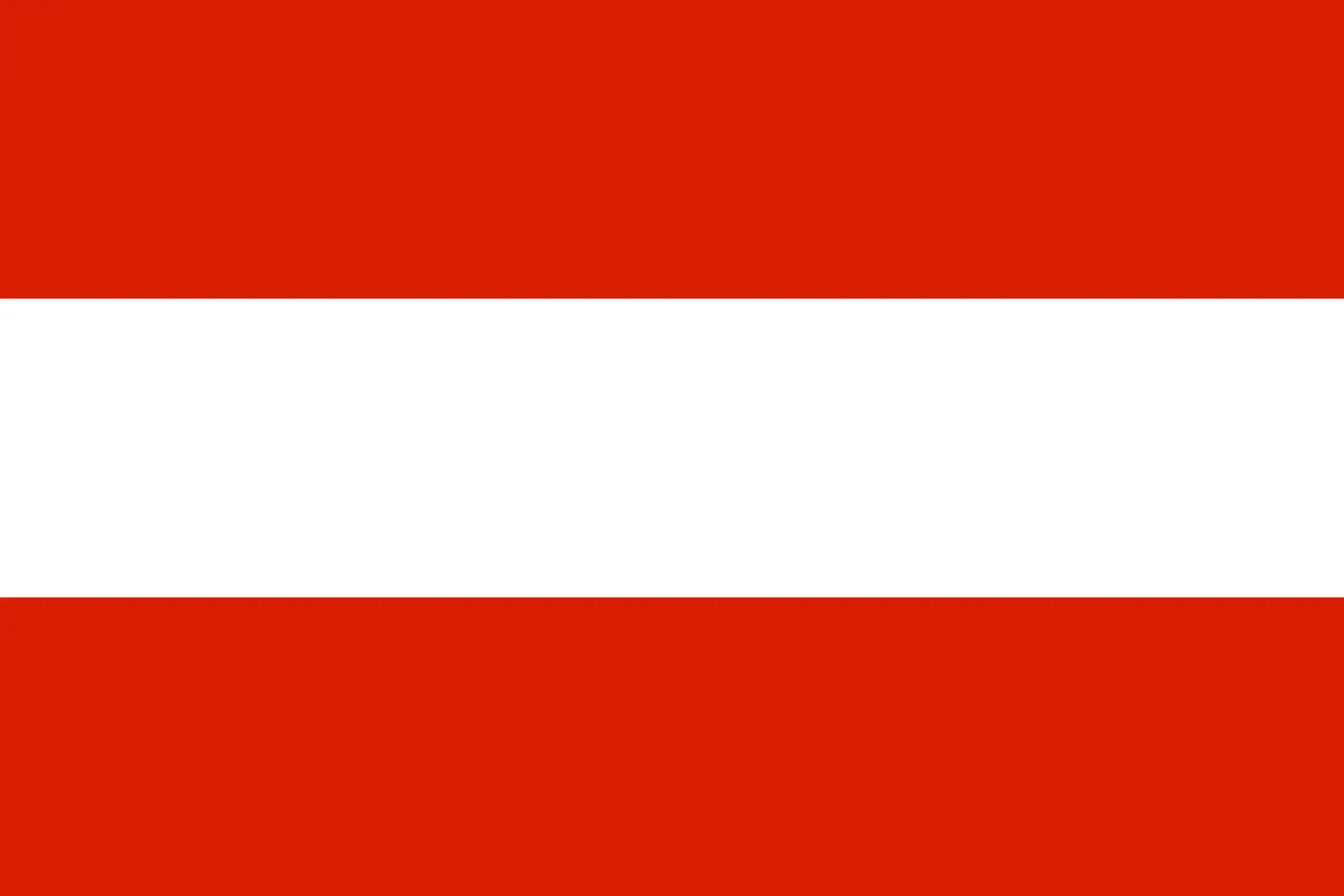 Austria (+43)
Austria (+43)
 Azerbaijan (+994)
Azerbaijan (+994)
 Bahamas (+1242)
Bahamas (+1242)
 Bahrain (+973)
Bahrain (+973)
 Bangladesh (+880)
Bangladesh (+880)
 Barbados (+1246)
Barbados (+1246)
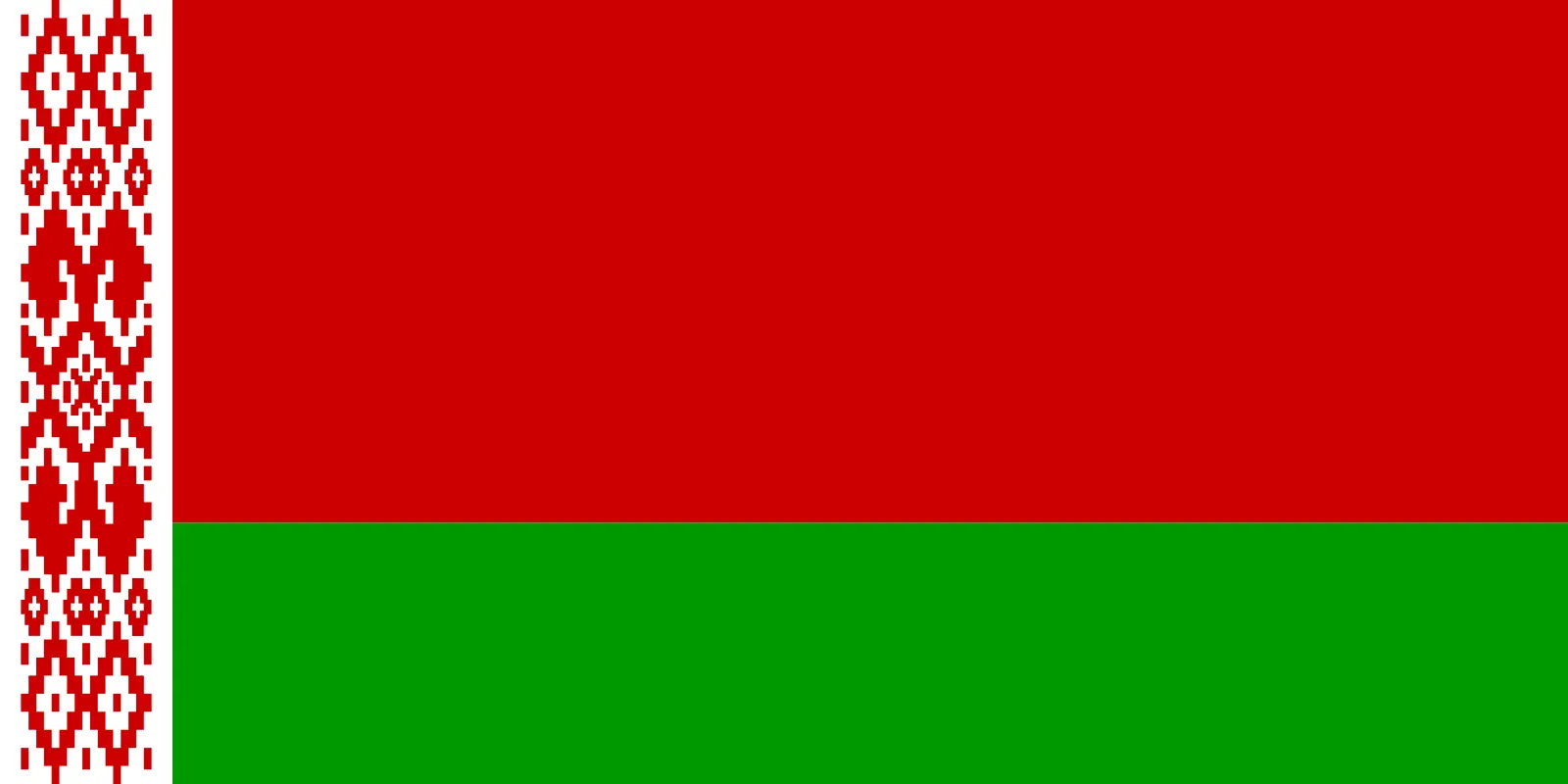 Belarus (+375)
Belarus (+375)
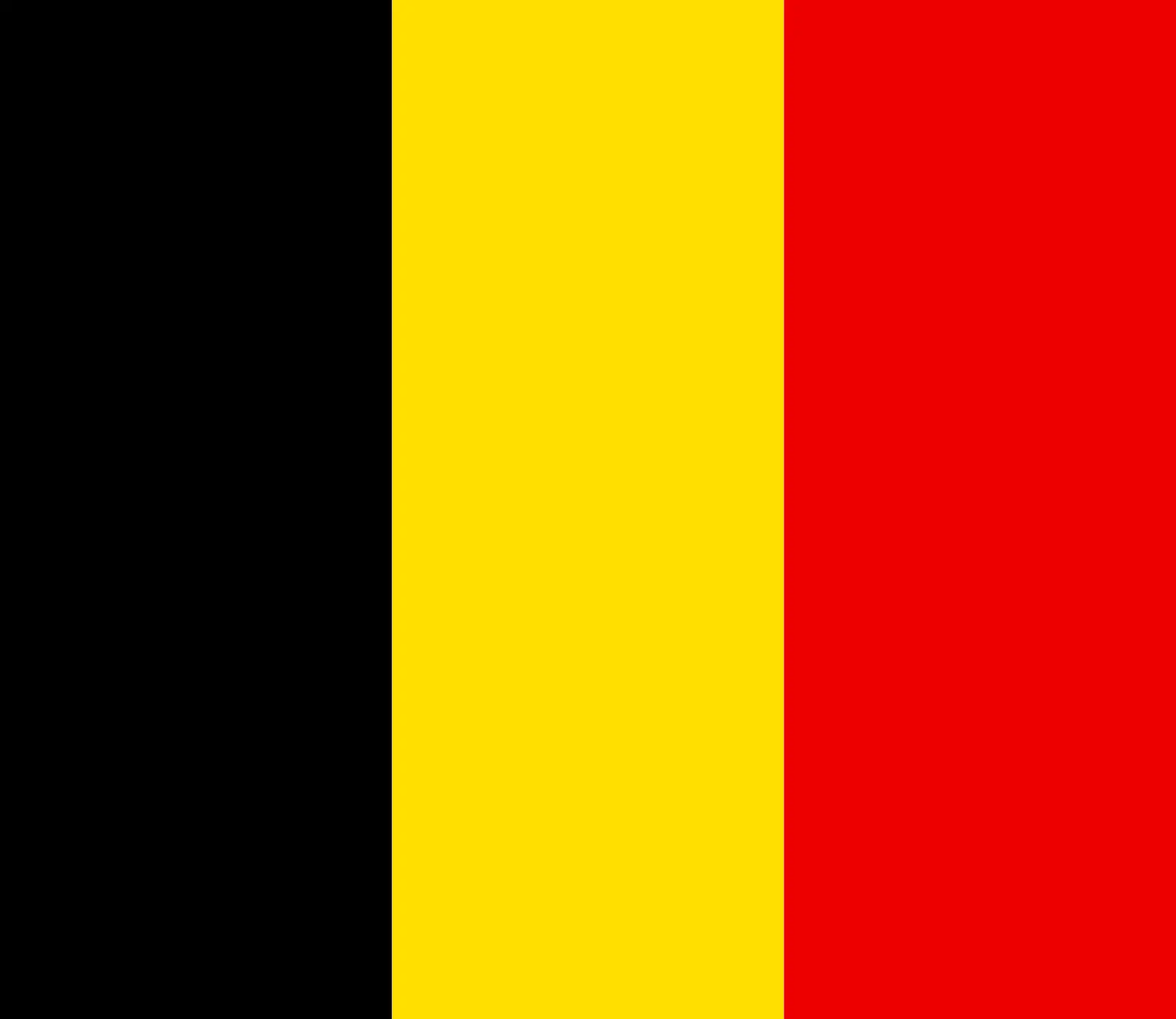 Belgium (+32)
Belgium (+32)
 Belize (+501)
Belize (+501)
 Benin (+229)
Benin (+229)
 Bermuda (+1441)
Bermuda (+1441)
 Bhutan (+975)
Bhutan (+975)
 Bolivia (+591)
Bolivia (+591)
 Bosnia and Herzegovina (+387)
Bosnia and Herzegovina (+387)
 Botswana (+267)
Botswana (+267)
 Bouvet Island (+)
Bouvet Island (+)
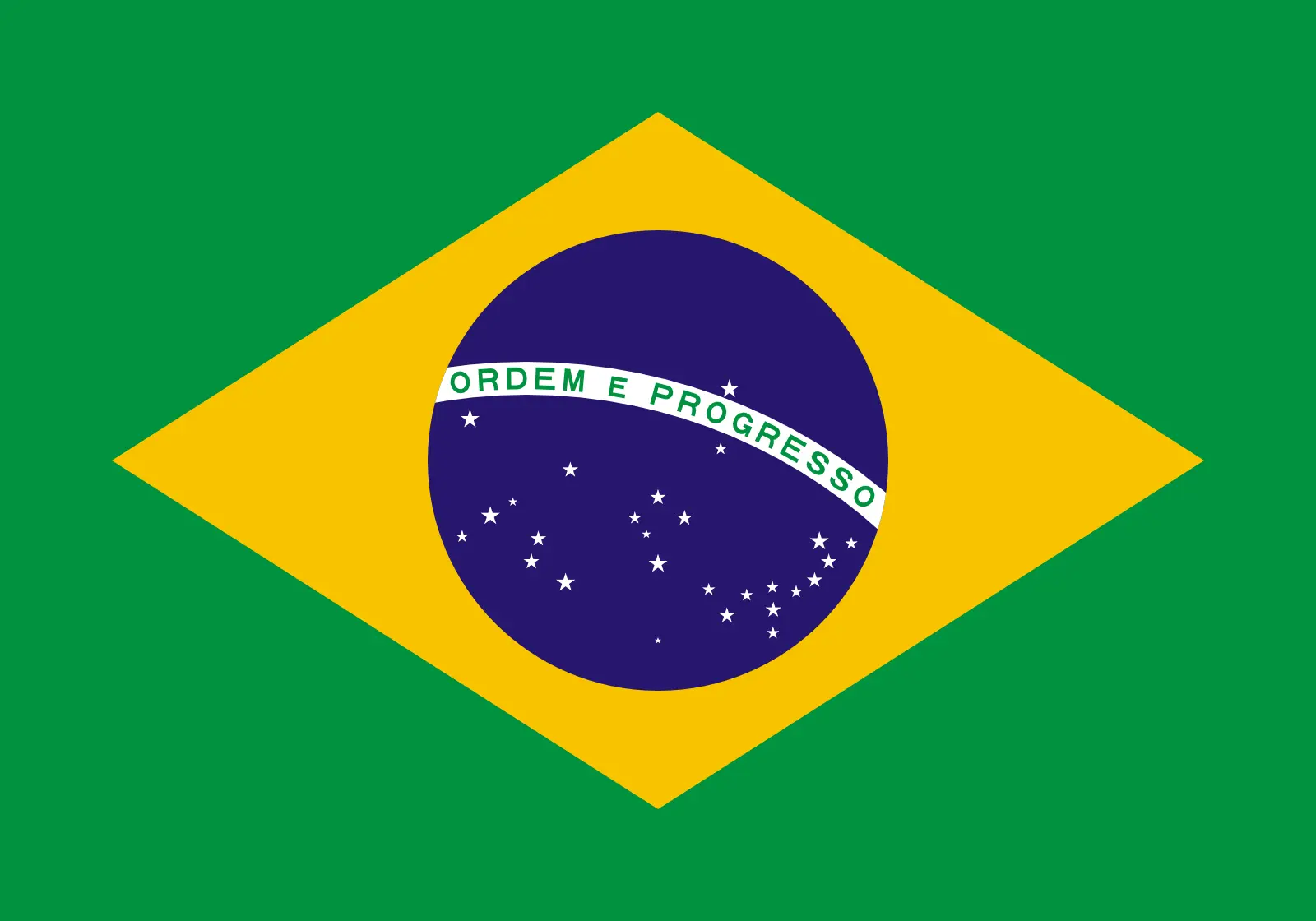 Brazil (+55)
Brazil (+55)
 British Indian Ocean Territory (+246)
British Indian Ocean Territory (+246)
 British Virgin Islands (+1284)
British Virgin Islands (+1284)
 Brunei (+673)
Brunei (+673)
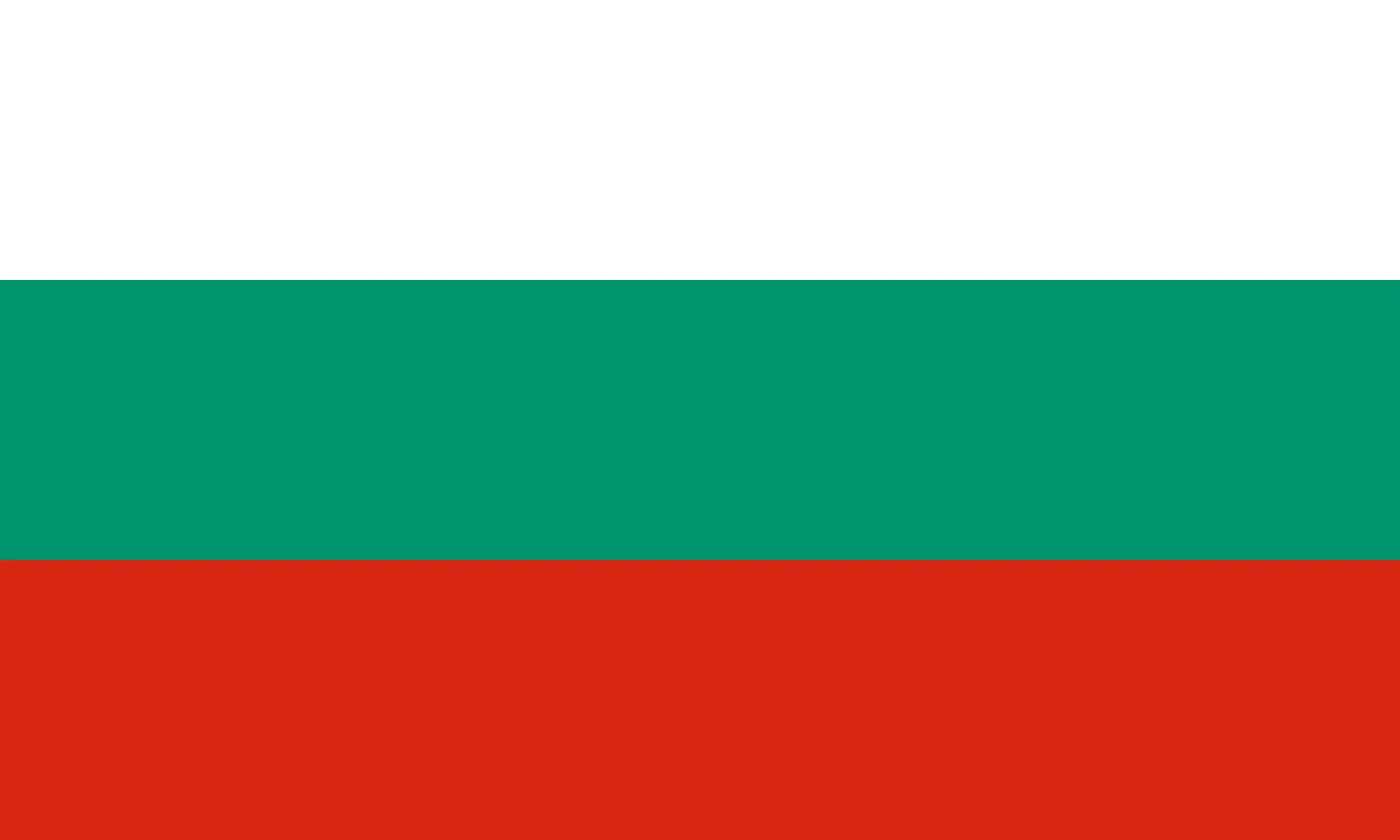 Bulgaria (+359)
Bulgaria (+359)
 Burkina Faso (+226)
Burkina Faso (+226)
 Burundi (+257)
Burundi (+257)
 Cambodia (+855)
Cambodia (+855)
 Cameroon (+237)
Cameroon (+237)
 Canada (+1)
Canada (+1)
 Cape Verde (+238)
Cape Verde (+238)
 Cayman Islands (+1345)
Cayman Islands (+1345)
 Central African Republic (+236)
Central African Republic (+236)
 Chad (+235)
Chad (+235)
 Chile (+56)
Chile (+56)
 China (+86)
China (+86)
 Christmas Island (+61)
Christmas Island (+61)
 Cocos (Keeling) Islands (+61)
Cocos (Keeling) Islands (+61)
 Colombia (+57)
Colombia (+57)
 Comoros (+269)
Comoros (+269)
 Cook Islands (+682)
Cook Islands (+682)
 Costa Rica (+506)
Costa Rica (+506)
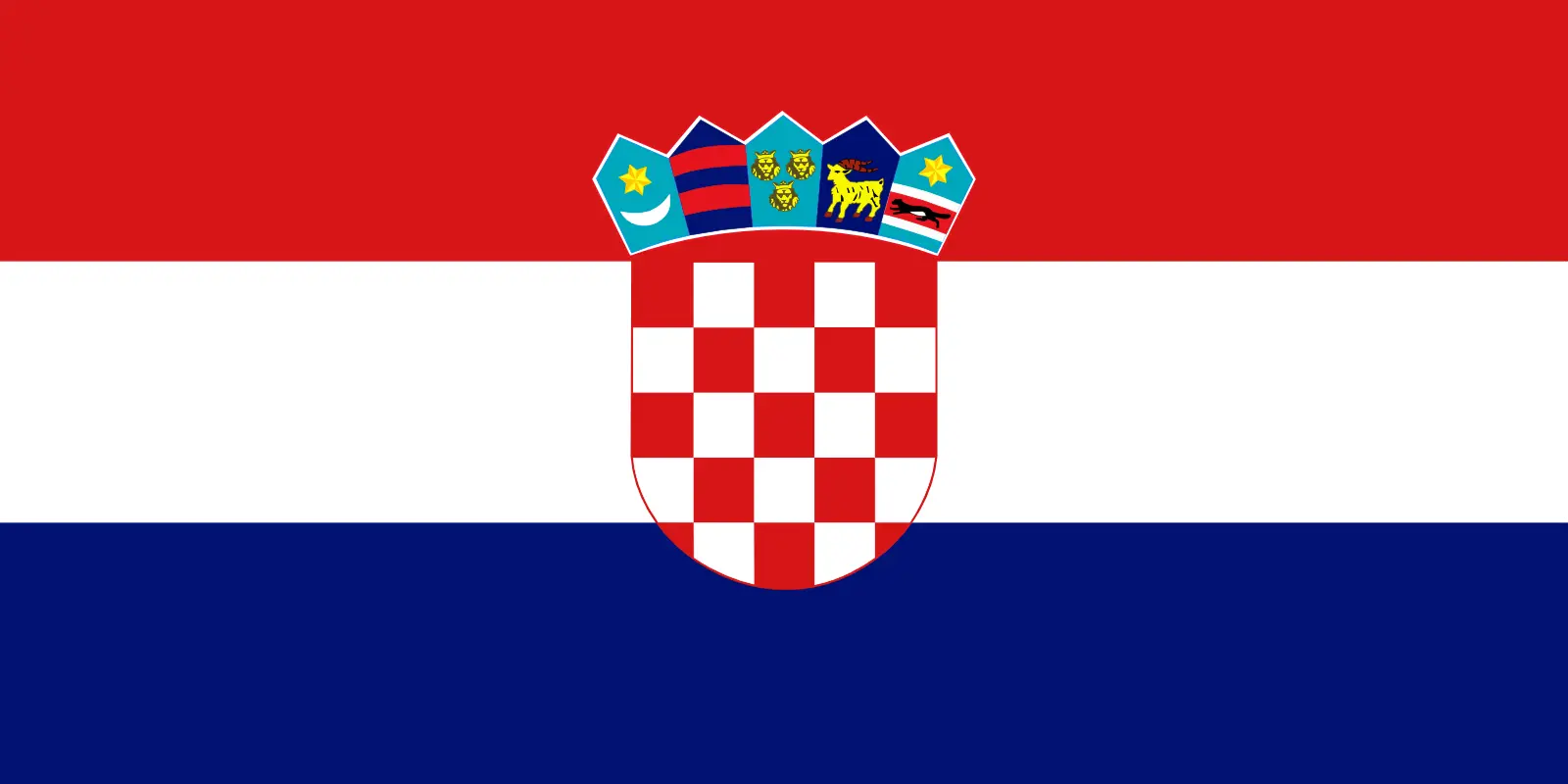 Croatia (+385)
Croatia (+385)
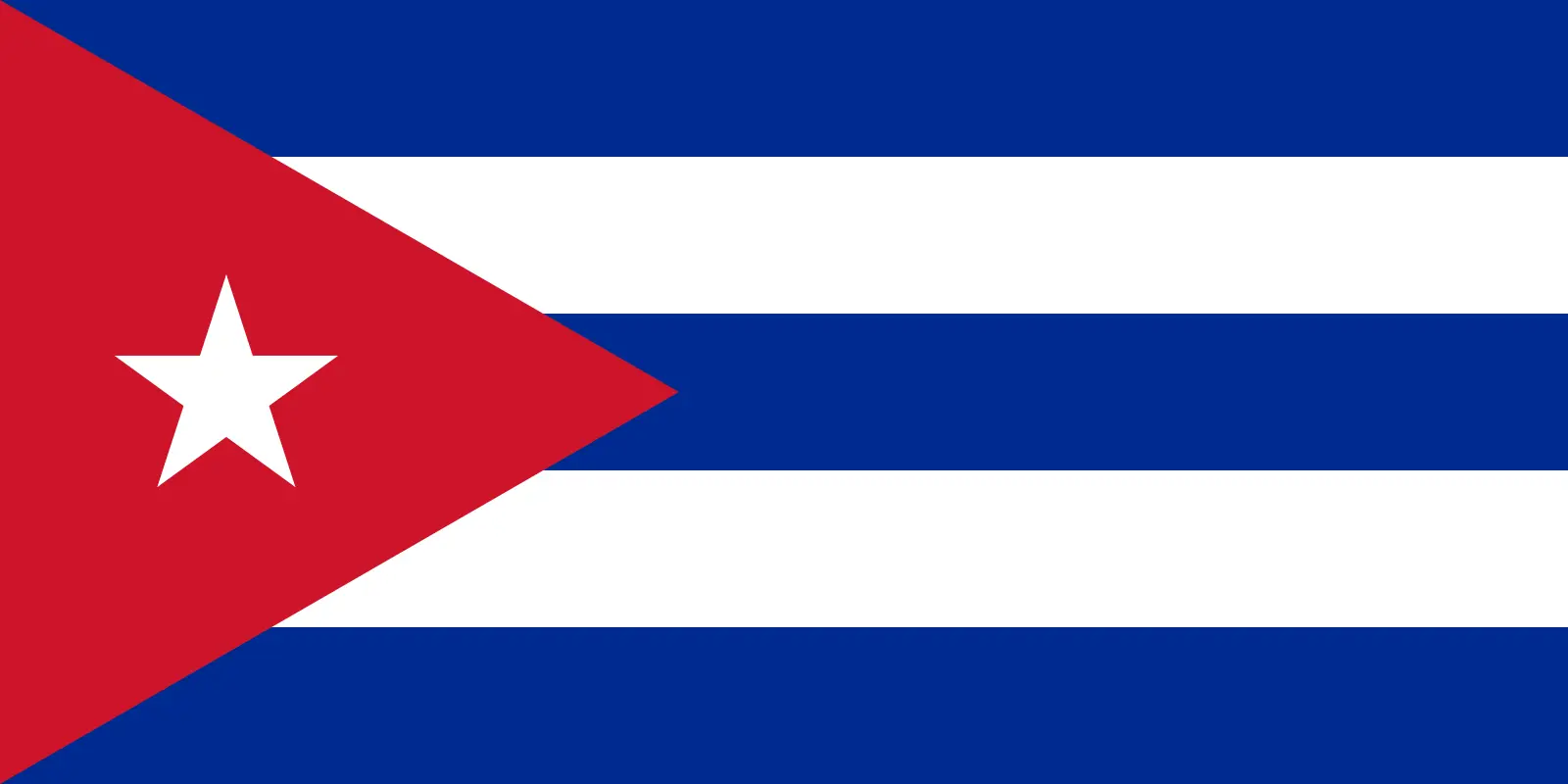 Cuba (+53)
Cuba (+53)
 Curaçao (+599)
Curaçao (+599)
 Cyprus (+357)
Cyprus (+357)
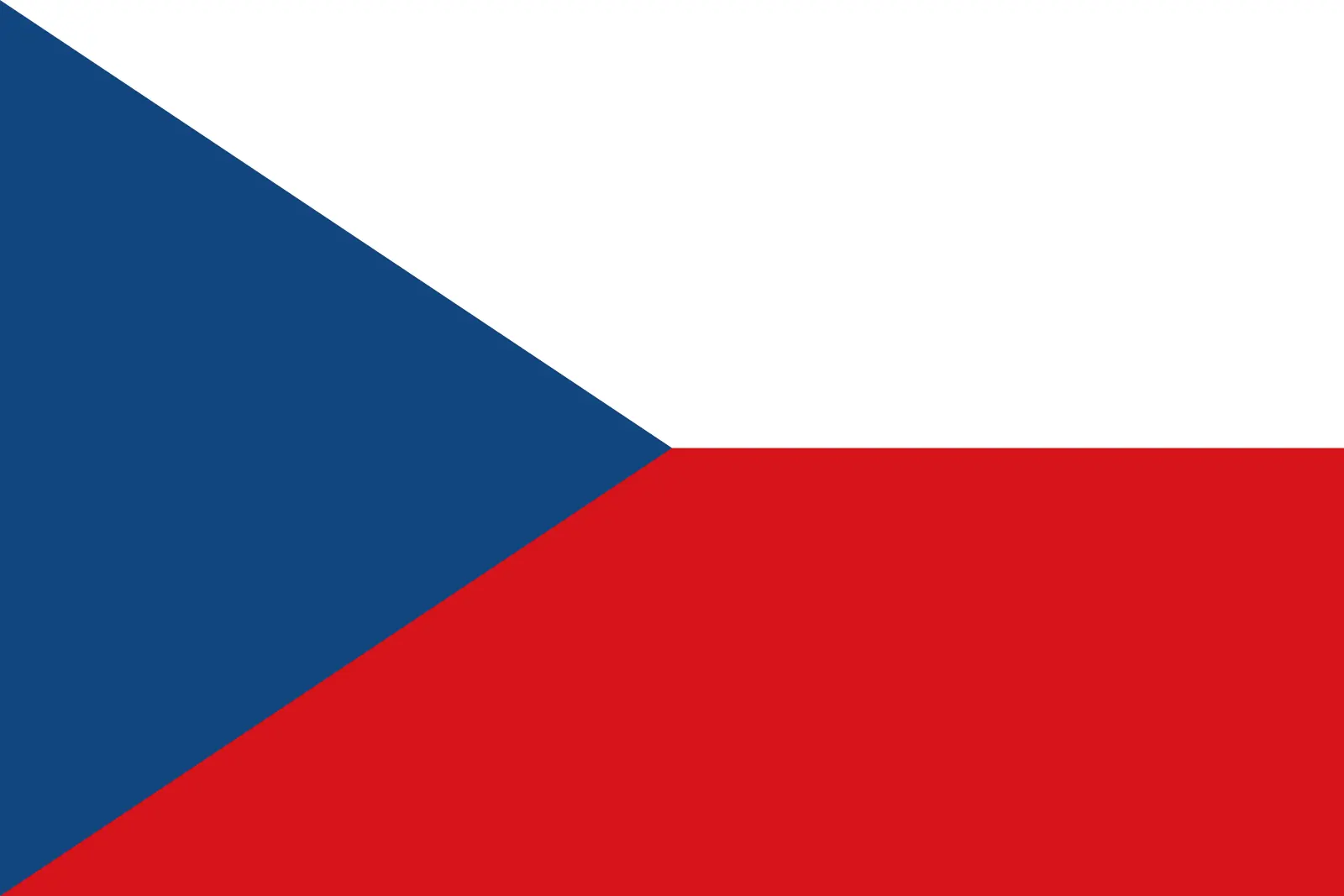 Czechia (+420)
Czechia (+420)
 Democratic Republic of the Congo (+243)
Democratic Republic of the Congo (+243)
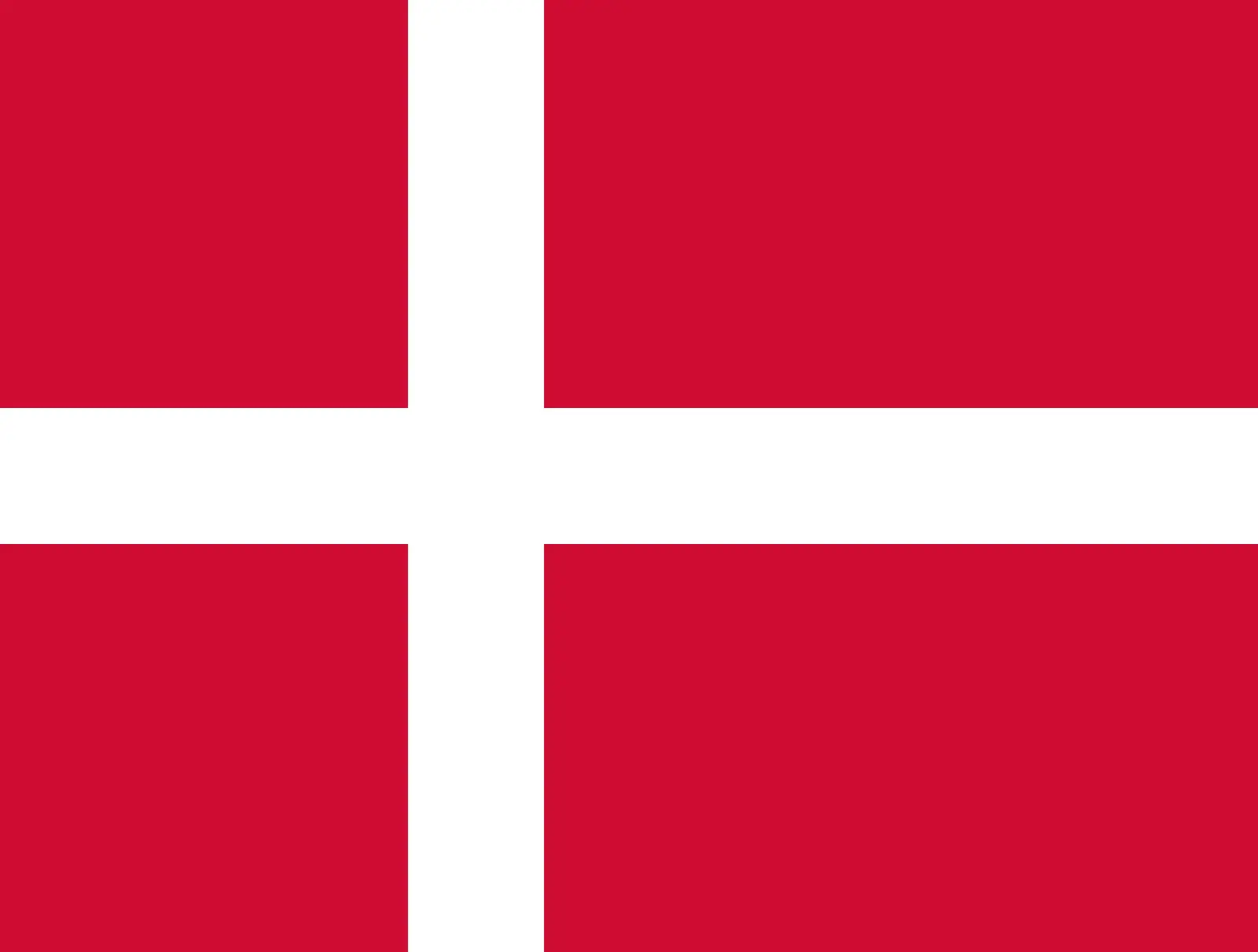 Denmark (+45)
Denmark (+45)
 Djibouti (+253)
Djibouti (+253)
 Dominica (+1767)
Dominica (+1767)
 Dominican Republic (+1809)
Dominican Republic (+1809)
 Timor-Leste (+670)
Timor-Leste (+670)
 Ecuador (+593)
Ecuador (+593)
 Egypt (+20)
Egypt (+20)
 El Salvador (+503)
El Salvador (+503)
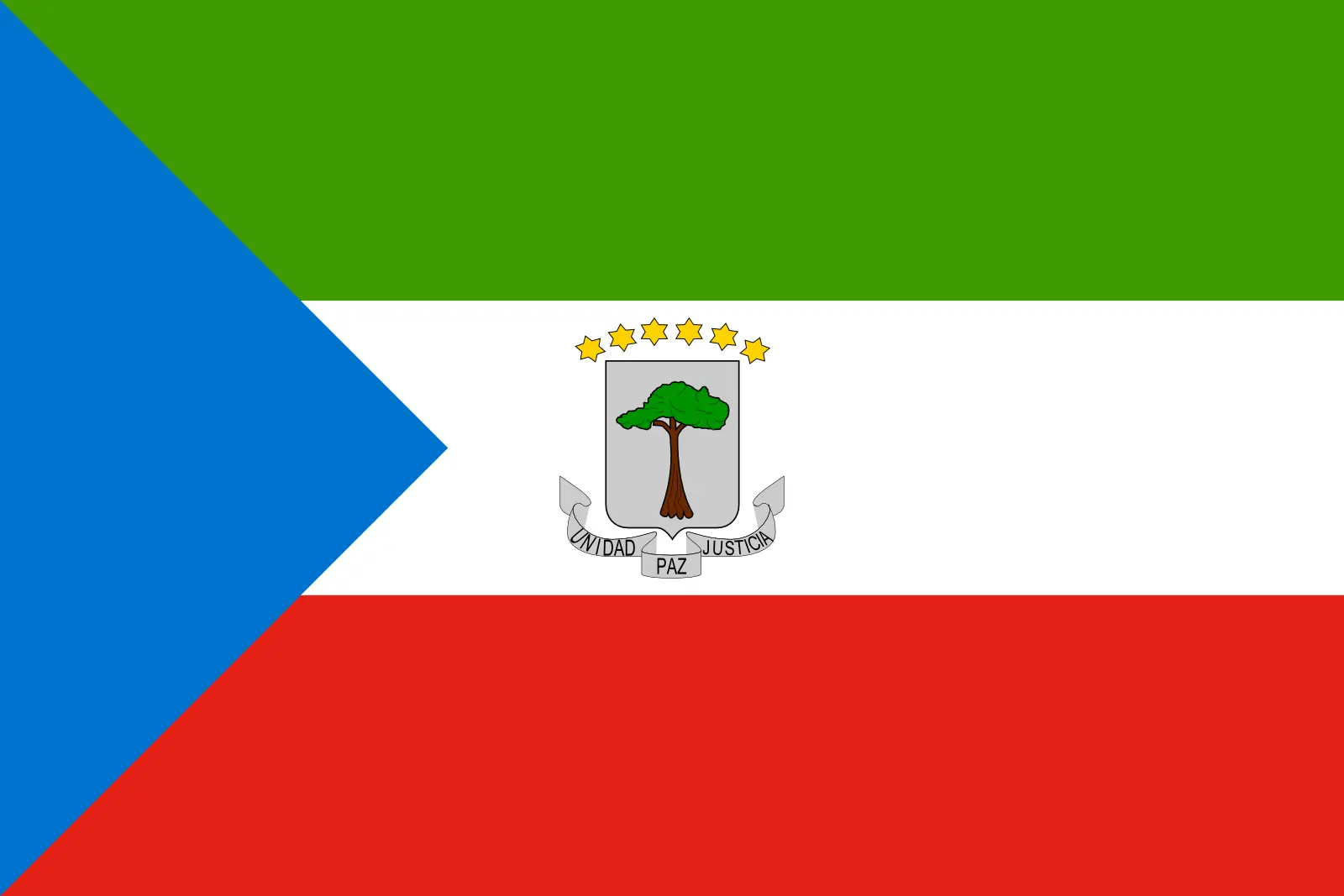 Equatorial Guinea (+240)
Equatorial Guinea (+240)
 Eritrea (+291)
Eritrea (+291)
 Estonia (+372)
Estonia (+372)
 Ethiopia (+251)
Ethiopia (+251)
 Falkland Islands (+500)
Falkland Islands (+500)
 Faroe Islands (+298)
Faroe Islands (+298)
 Fiji (+679)
Fiji (+679)
 Finland (+358)
Finland (+358)
 France (+33)
France (+33)
 Gabon (+241)
Gabon (+241)
 Gambia (+220)
Gambia (+220)
 Georgia (+995)
Georgia (+995)
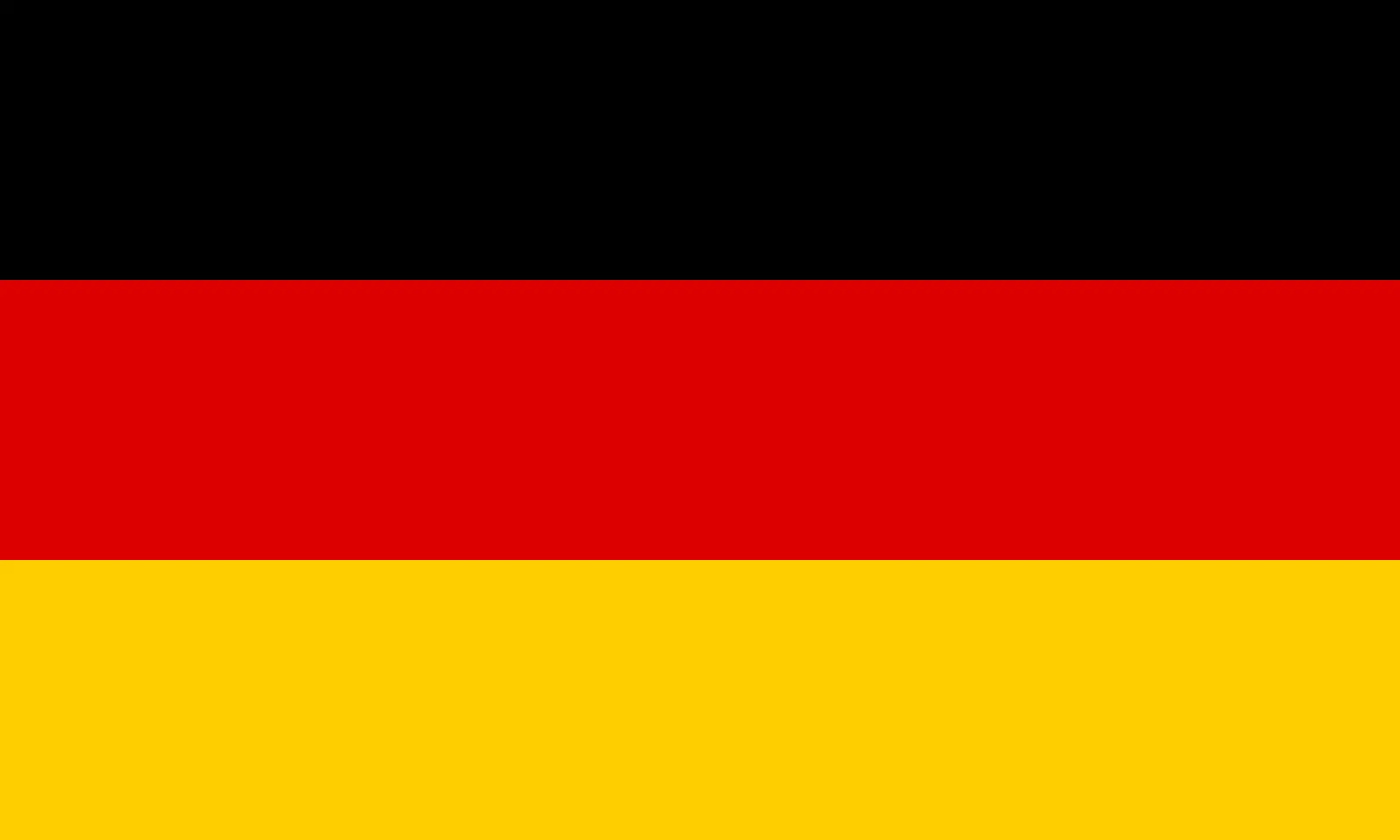 Germany (+49)
Germany (+49)
 Ghana (+233)
Ghana (+233)
 Gibraltar (+350)
Gibraltar (+350)
 Greece (+30)
Greece (+30)
 Greenland (+299)
Greenland (+299)
 Grenada (+1473)
Grenada (+1473)
 Guadeloupe (+590)
Guadeloupe (+590)
 Guam (+1671)
Guam (+1671)
 Guatemala (+502)
Guatemala (+502)
 Guinea (+224)
Guinea (+224)
 Guinea-Bissau (+245)
Guinea-Bissau (+245)
 Guyana (+592)
Guyana (+592)
 Haiti (+509)
Haiti (+509)
 Honduras (+504)
Honduras (+504)
 Hong Kong (+852)
Hong Kong (+852)
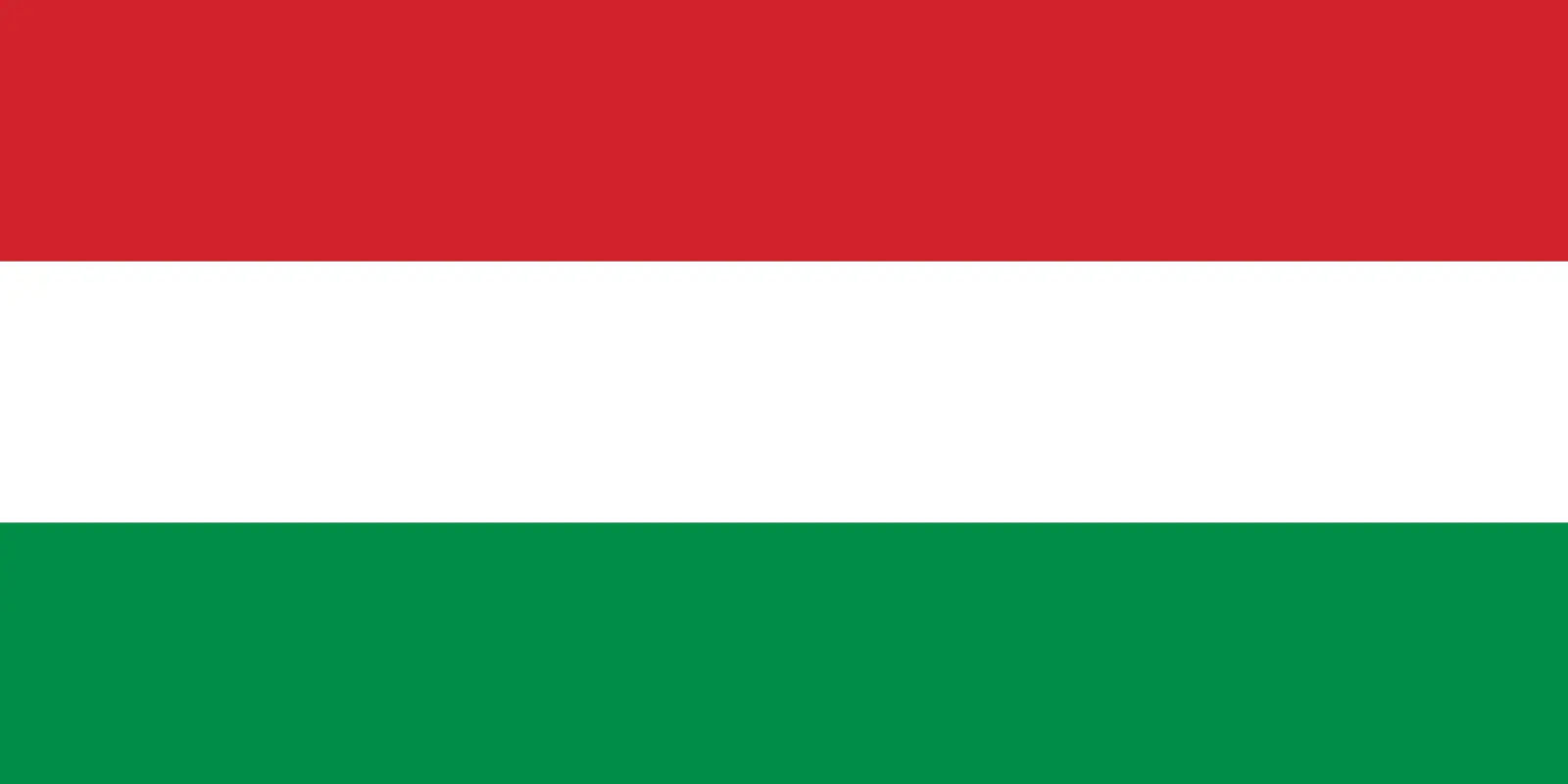 Hungary (+36)
Hungary (+36)
 Iceland (+354)
Iceland (+354)
 India (+91)
India (+91)
 Indonesia (+62)
Indonesia (+62)
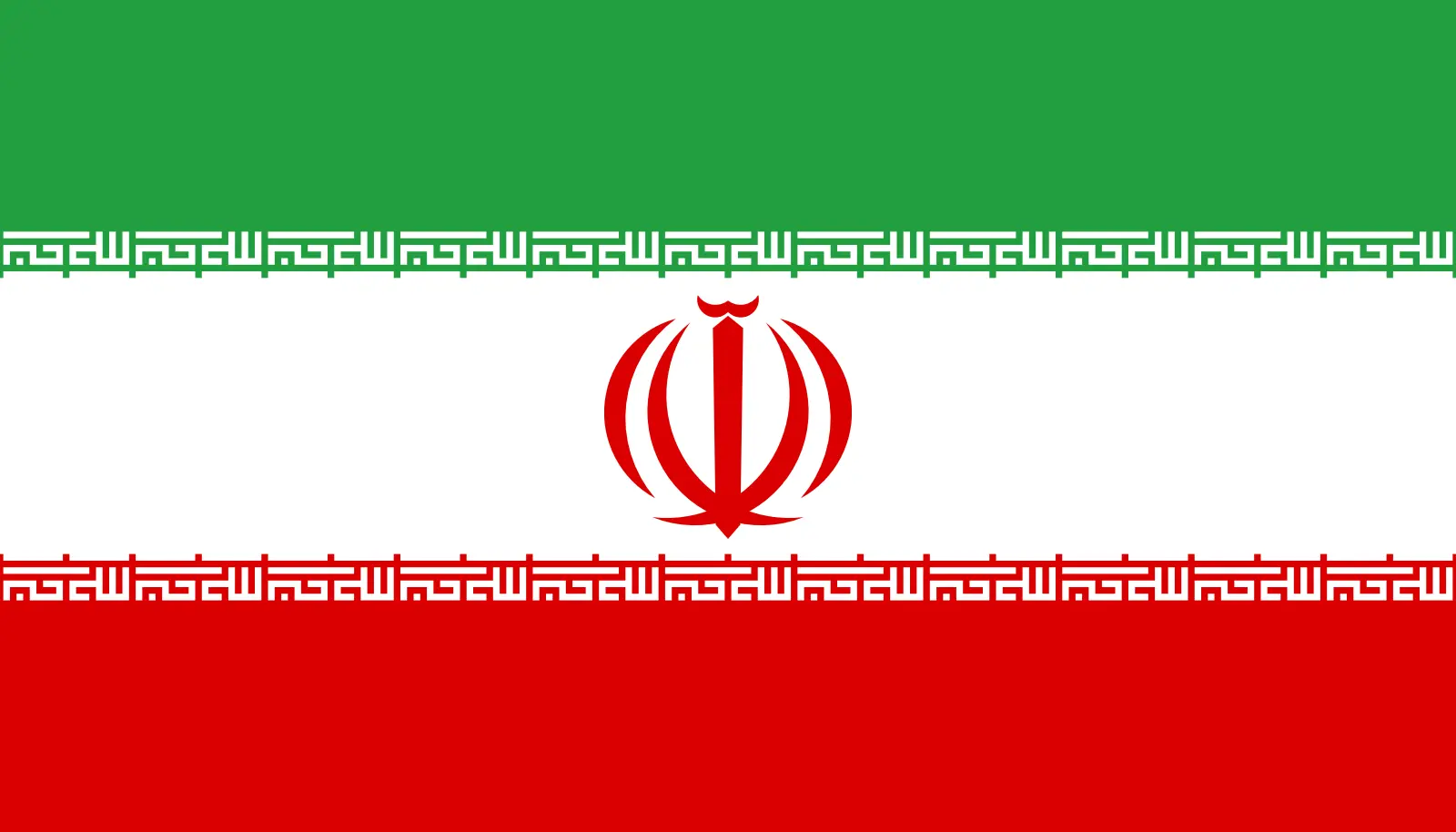 Iran (+98)
Iran (+98)
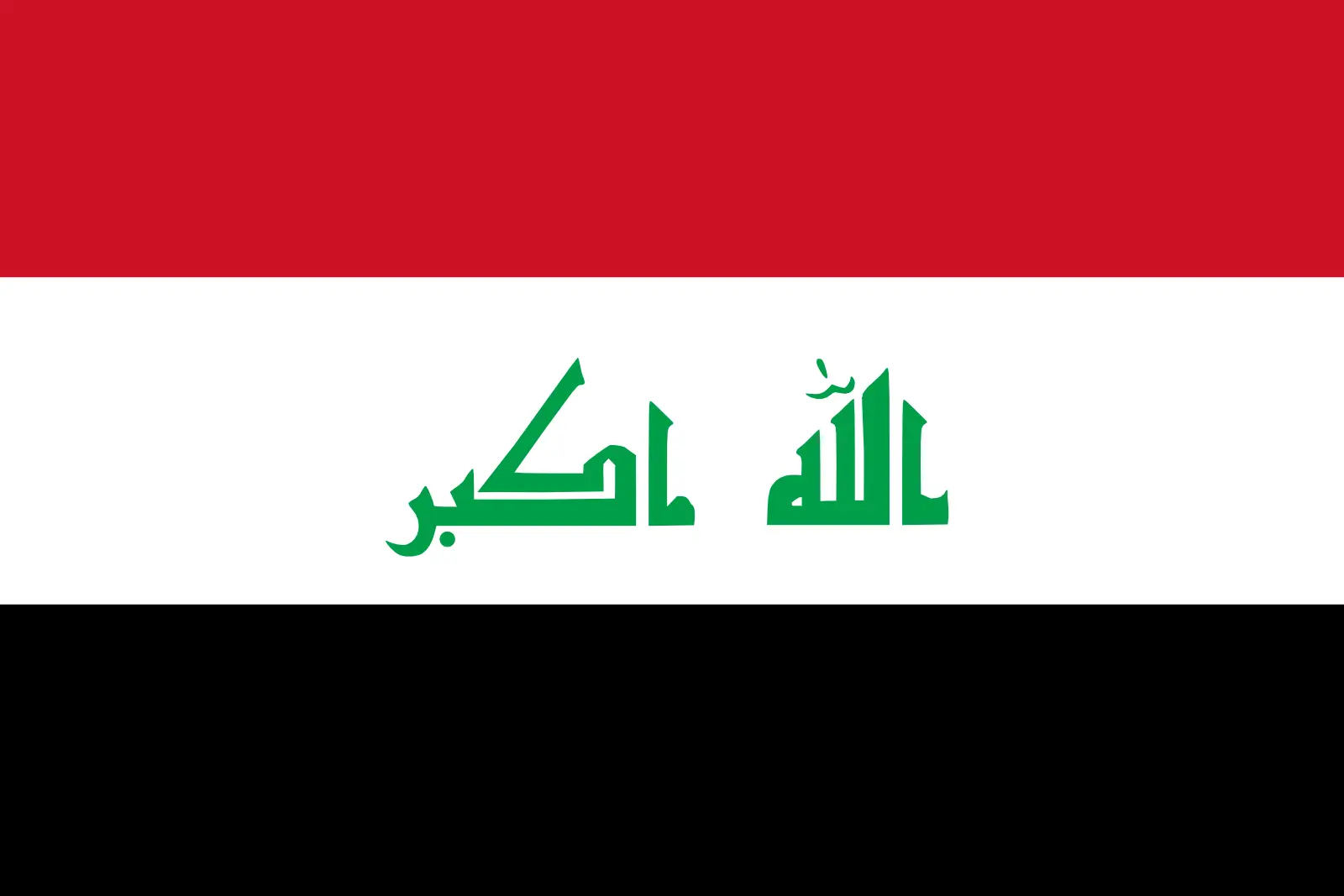 Iraq (+964)
Iraq (+964)
 Ireland (+353)
Ireland (+353)
 Isle of Man (+44)
Isle of Man (+44)
 Israel (+972)
Israel (+972)
 Italy (+39)
Italy (+39)
 Jamaica (+1876)
Jamaica (+1876)
 Japan (+81)
Japan (+81)
 Jersey (+44)
Jersey (+44)
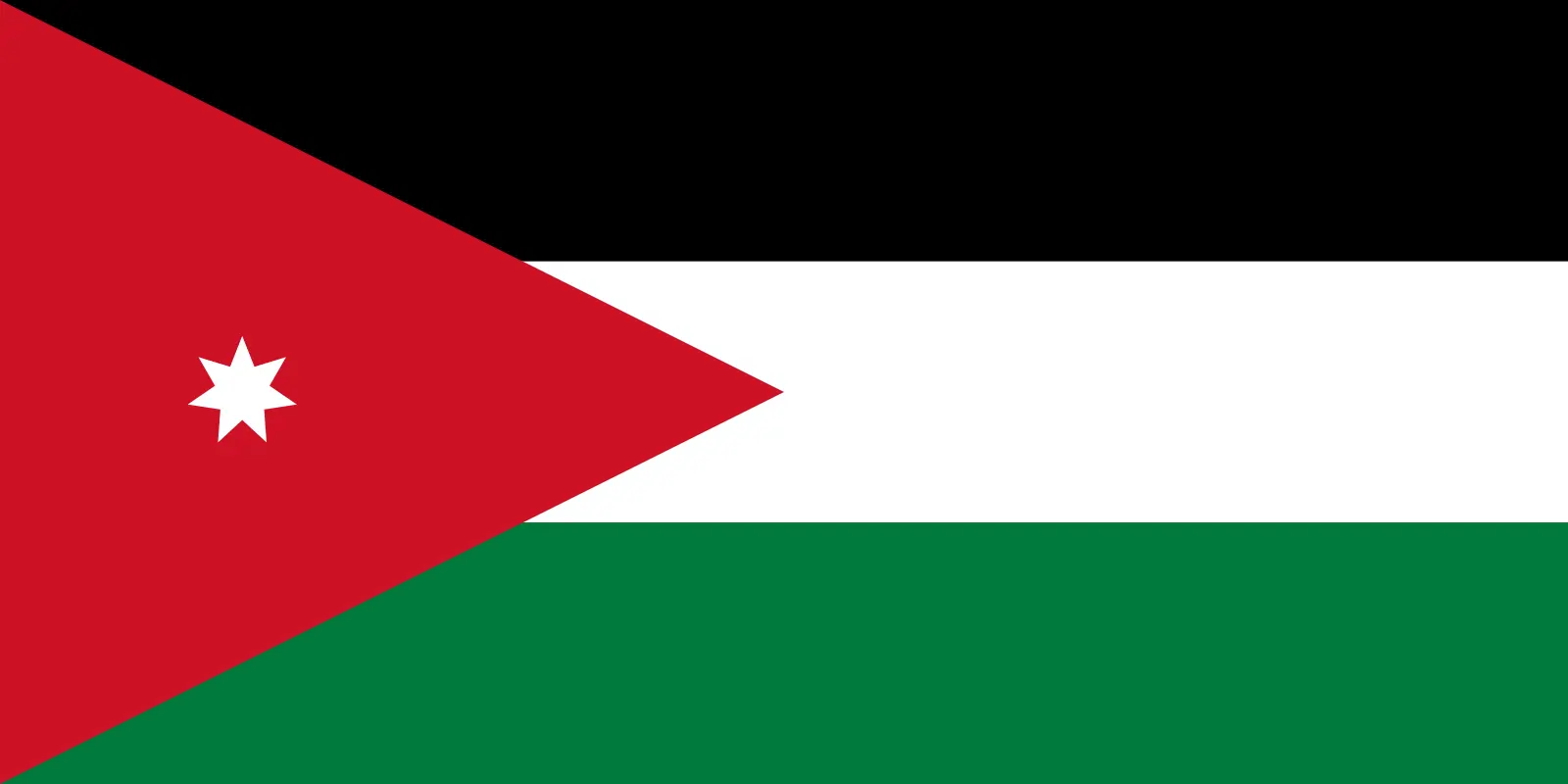 Jordan (+962)
Jordan (+962)
 Kazakhstan (+7)
Kazakhstan (+7)
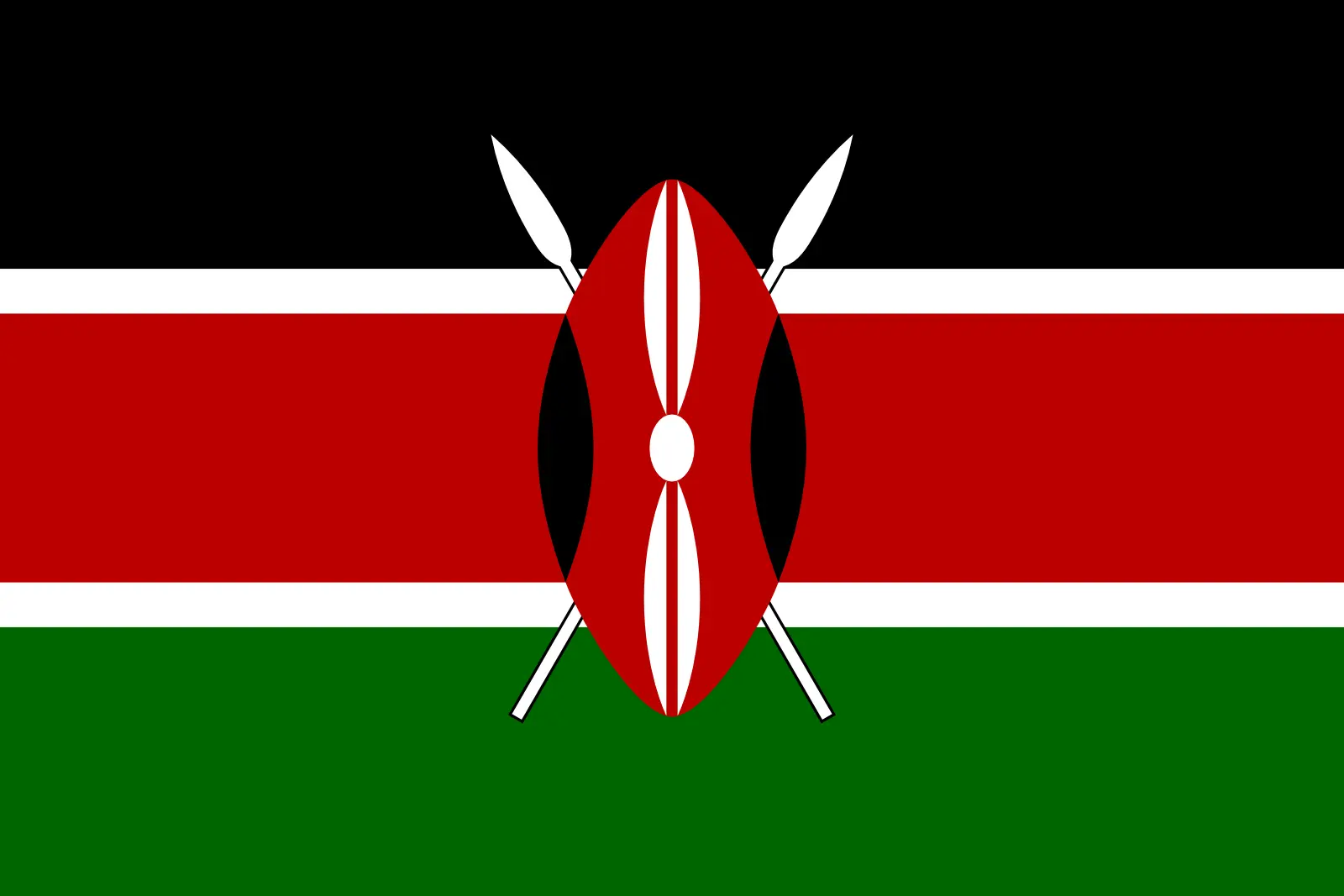 Kenya (+254)
Kenya (+254)
 Kiribati (+686)
Kiribati (+686)
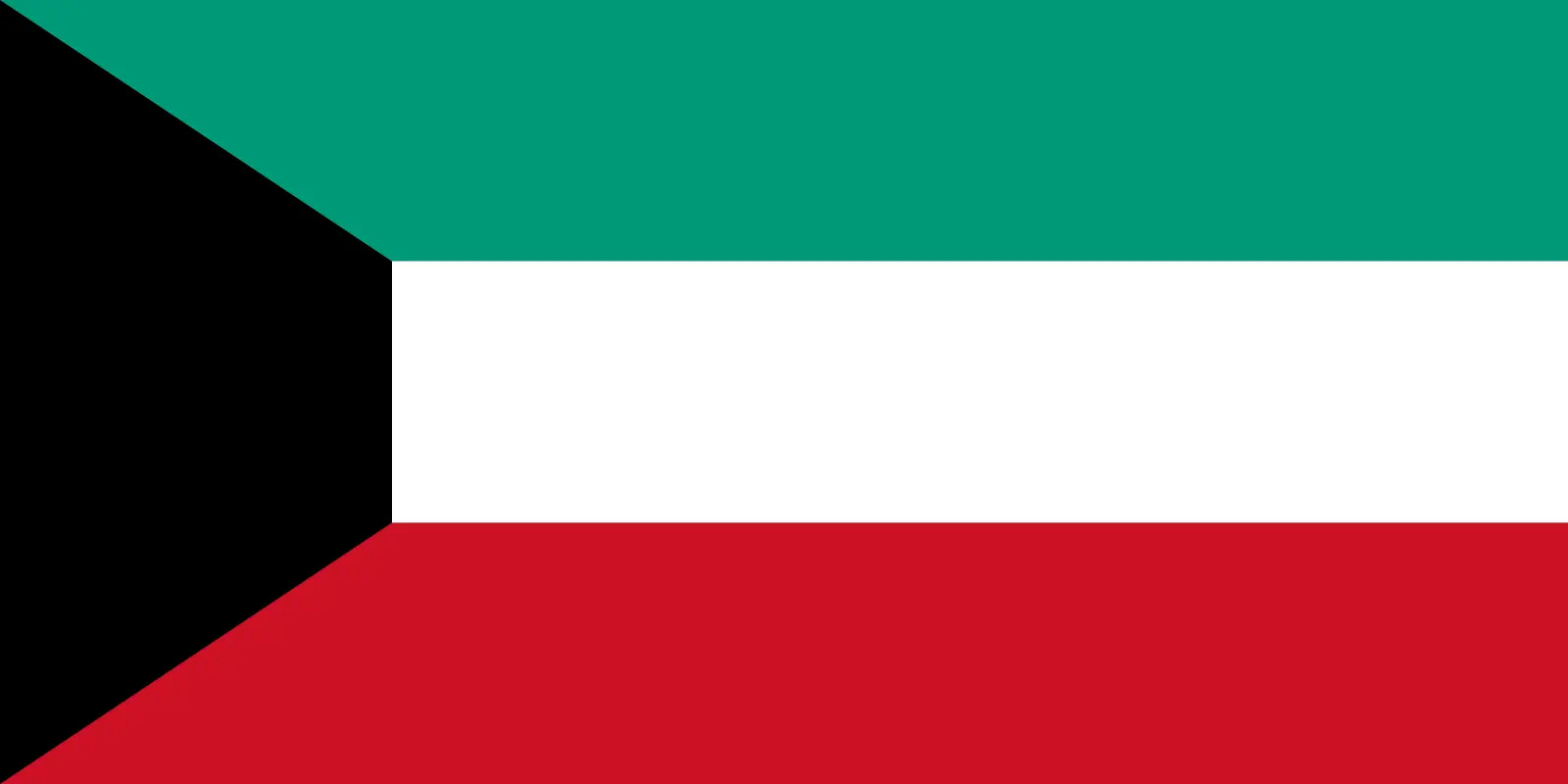 Kuwait (+965)
Kuwait (+965)
 Kyrgyzstan (+996)
Kyrgyzstan (+996)
 Laos (+856)
Laos (+856)
 Latvia (+371)
Latvia (+371)
 Lebanon (+961)
Lebanon (+961)
 Lesotho (+266)
Lesotho (+266)
 Liberia (+231)
Liberia (+231)
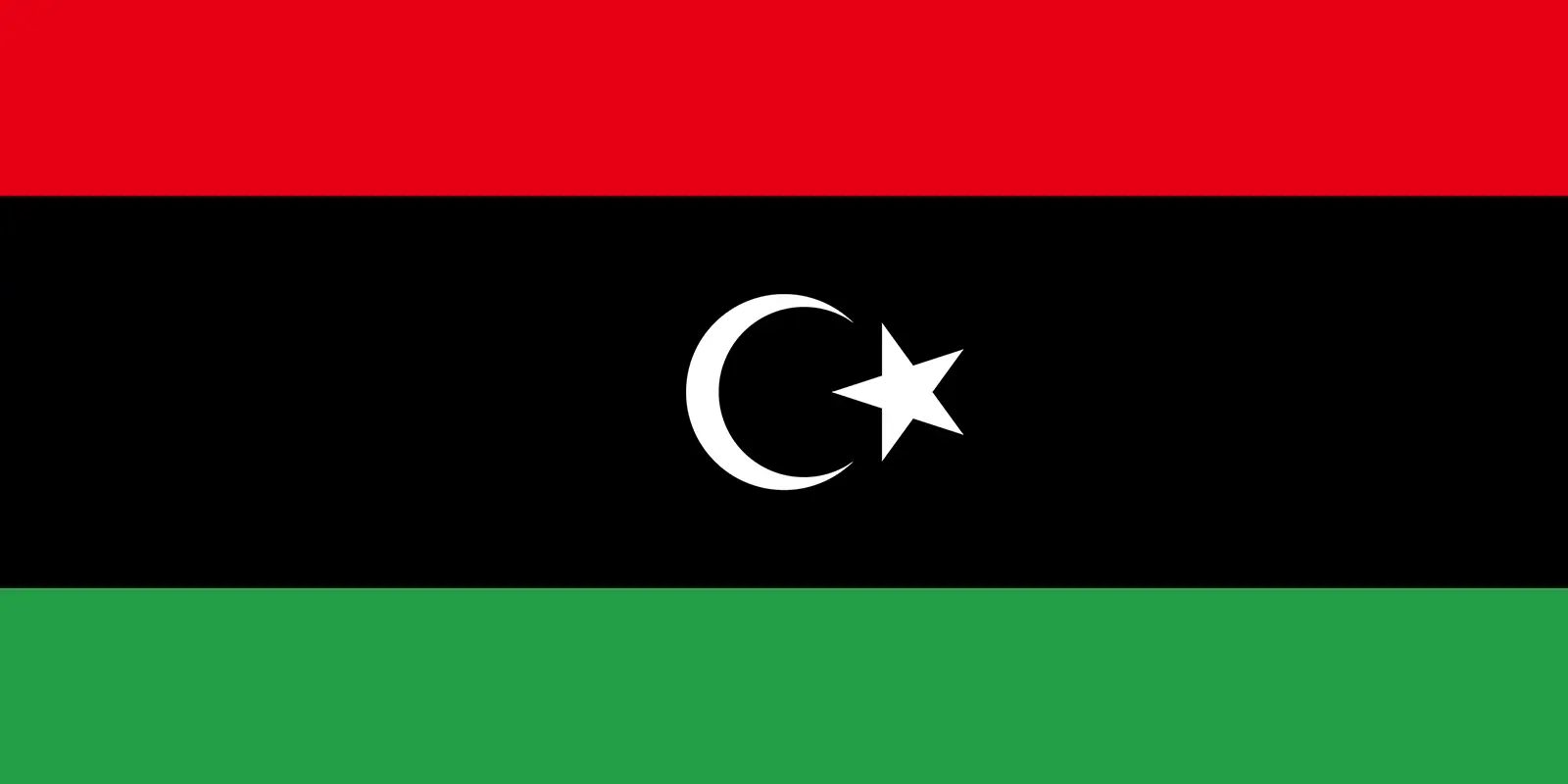 Libya (+218)
Libya (+218)
 Liechtenstein (+423)
Liechtenstein (+423)
 Lithuania (+370)
Lithuania (+370)
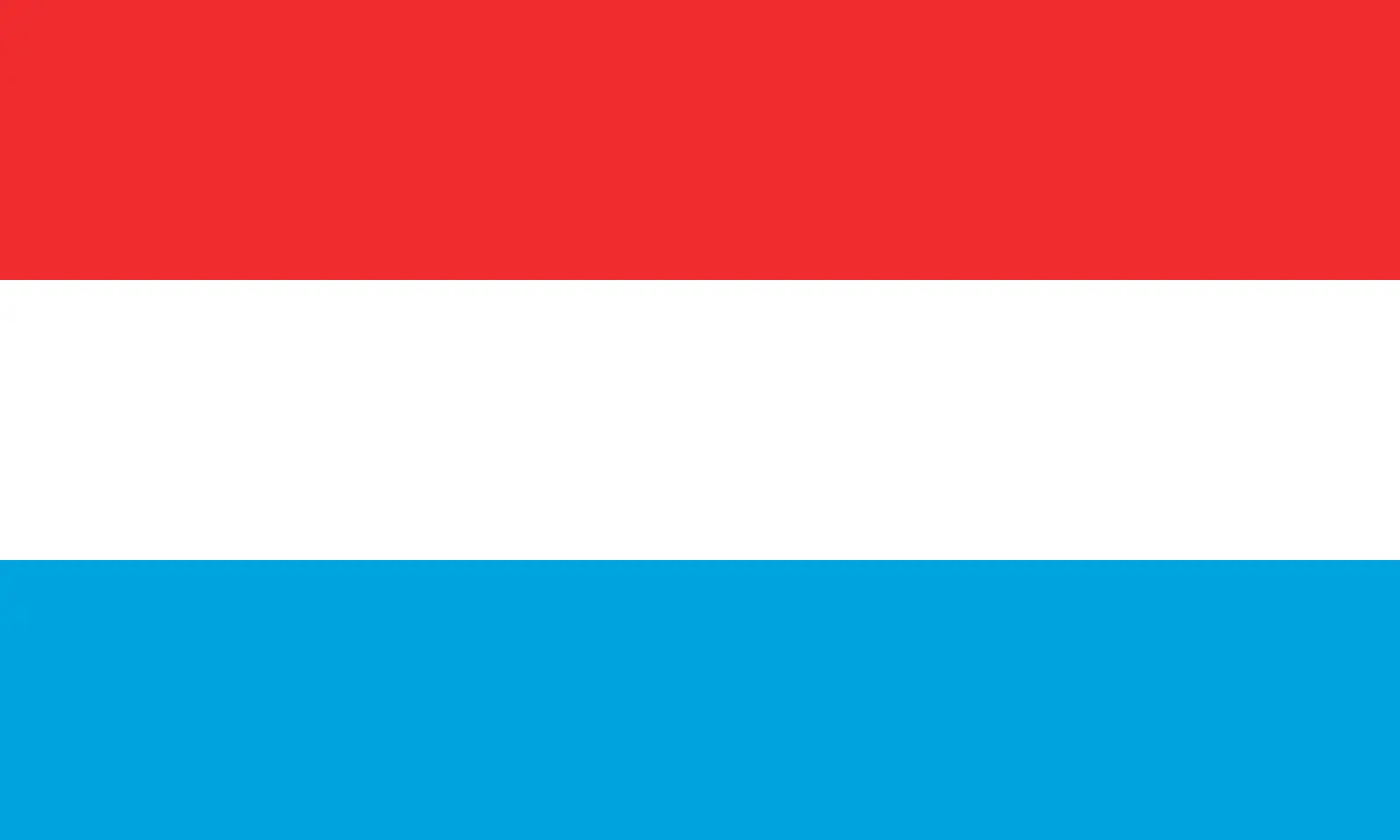 Luxembourg (+352)
Luxembourg (+352)
 Macao (+853)
Macao (+853)
 Madagascar (+261)
Madagascar (+261)
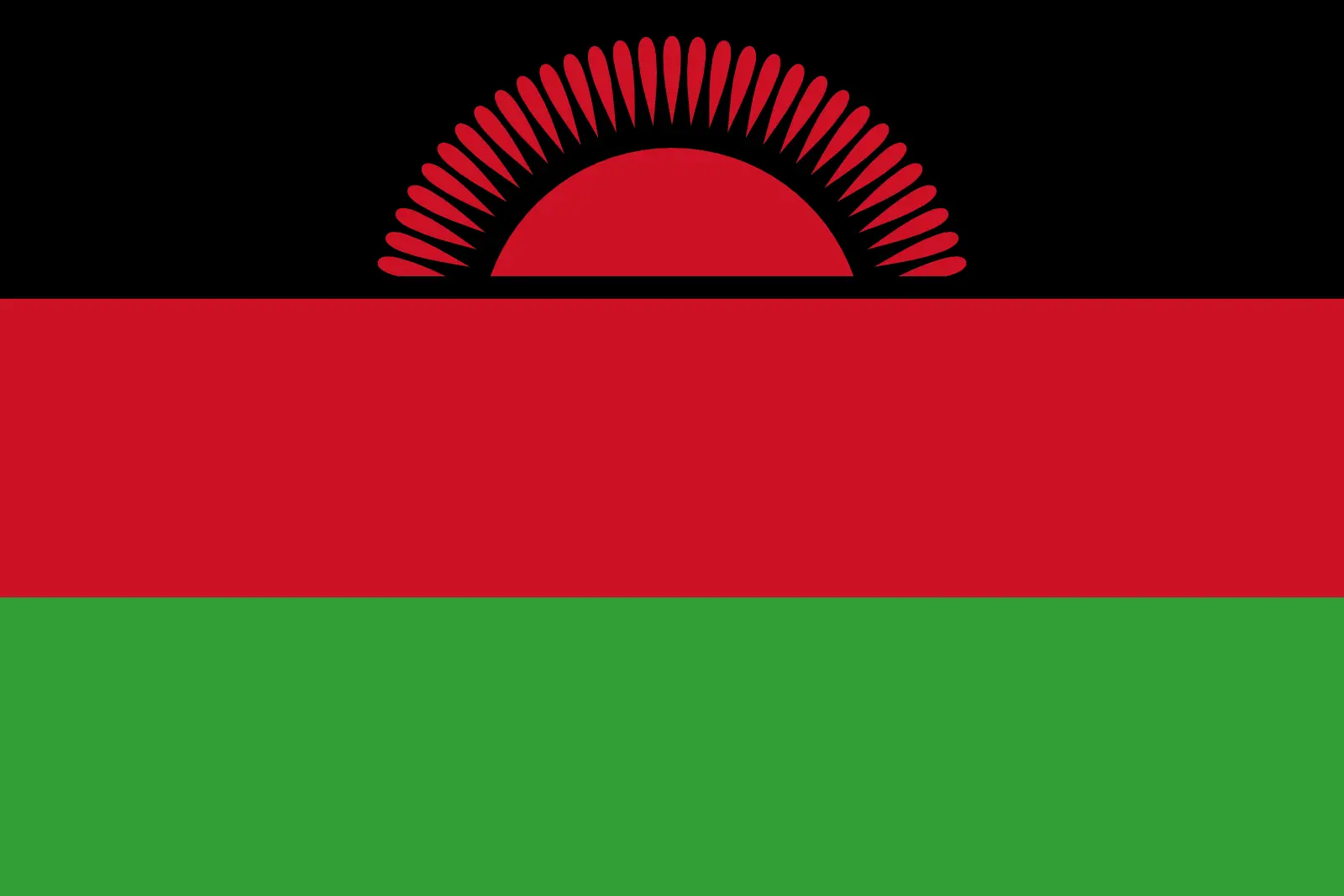 Malawi (+265)
Malawi (+265)
 Malaysia (+60)
Malaysia (+60)
 Maldives (+960)
Maldives (+960)
 Mali (+223)
Mali (+223)
 Malta (+356)
Malta (+356)
 Marshall Islands (+692)
Marshall Islands (+692)
 Mauritania (+222)
Mauritania (+222)
 Mauritius (+230)
Mauritius (+230)
 Mayotte (+262)
Mayotte (+262)
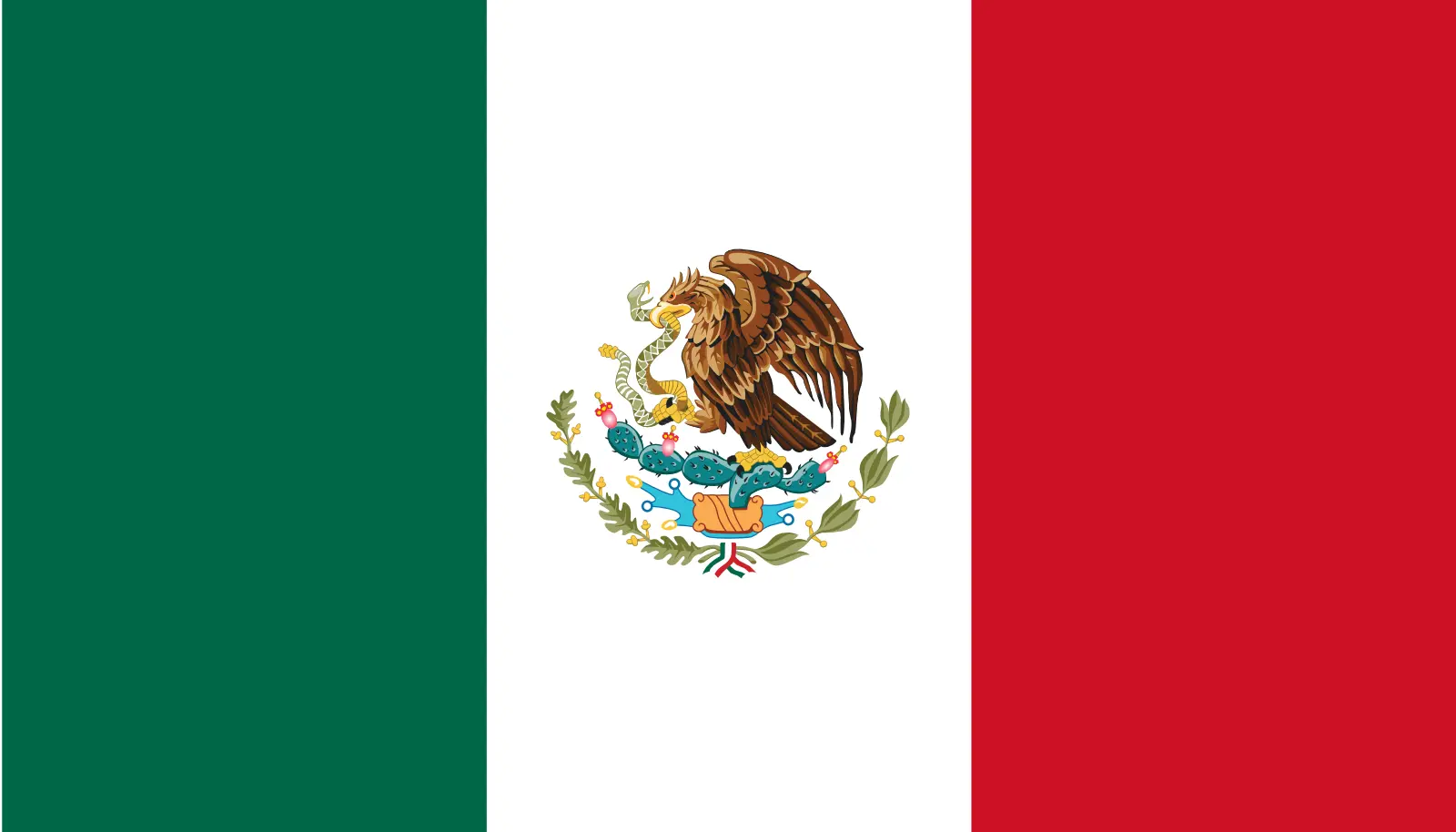 Mexico (+52)
Mexico (+52)
 Micronesia (+691)
Micronesia (+691)
 Moldova (+373)
Moldova (+373)
 Monaco (+377)
Monaco (+377)
 Mongolia (+976)
Mongolia (+976)
 Montenegro (+382)
Montenegro (+382)
 Montserrat (+1664)
Montserrat (+1664)
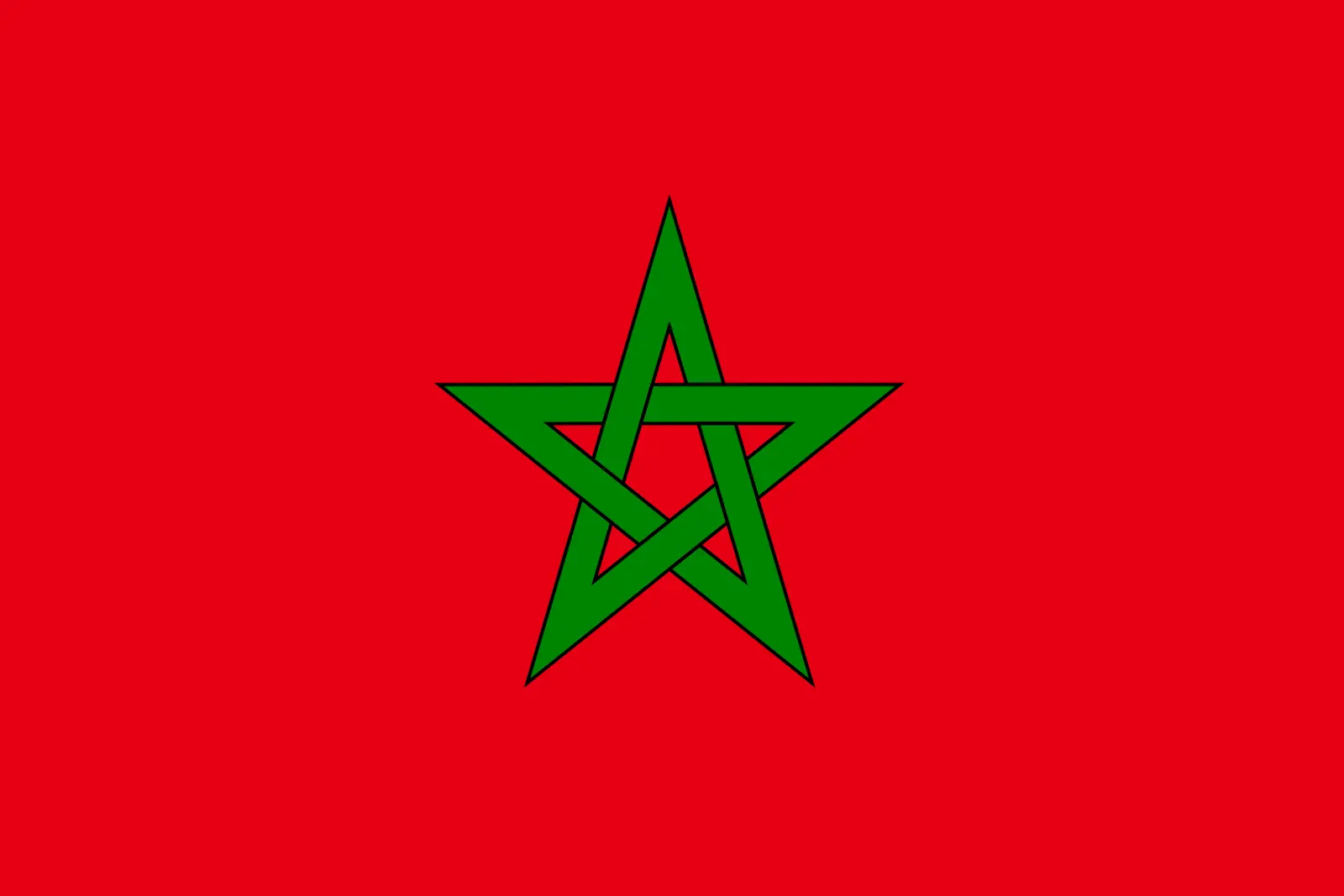 Morocco (+212)
Morocco (+212)
 Mozambique (+258)
Mozambique (+258)
 Myanmar (+95)
Myanmar (+95)
 Namibia (+264)
Namibia (+264)
 Nauru (+674)
Nauru (+674)
 Nepal (+977)
Nepal (+977)
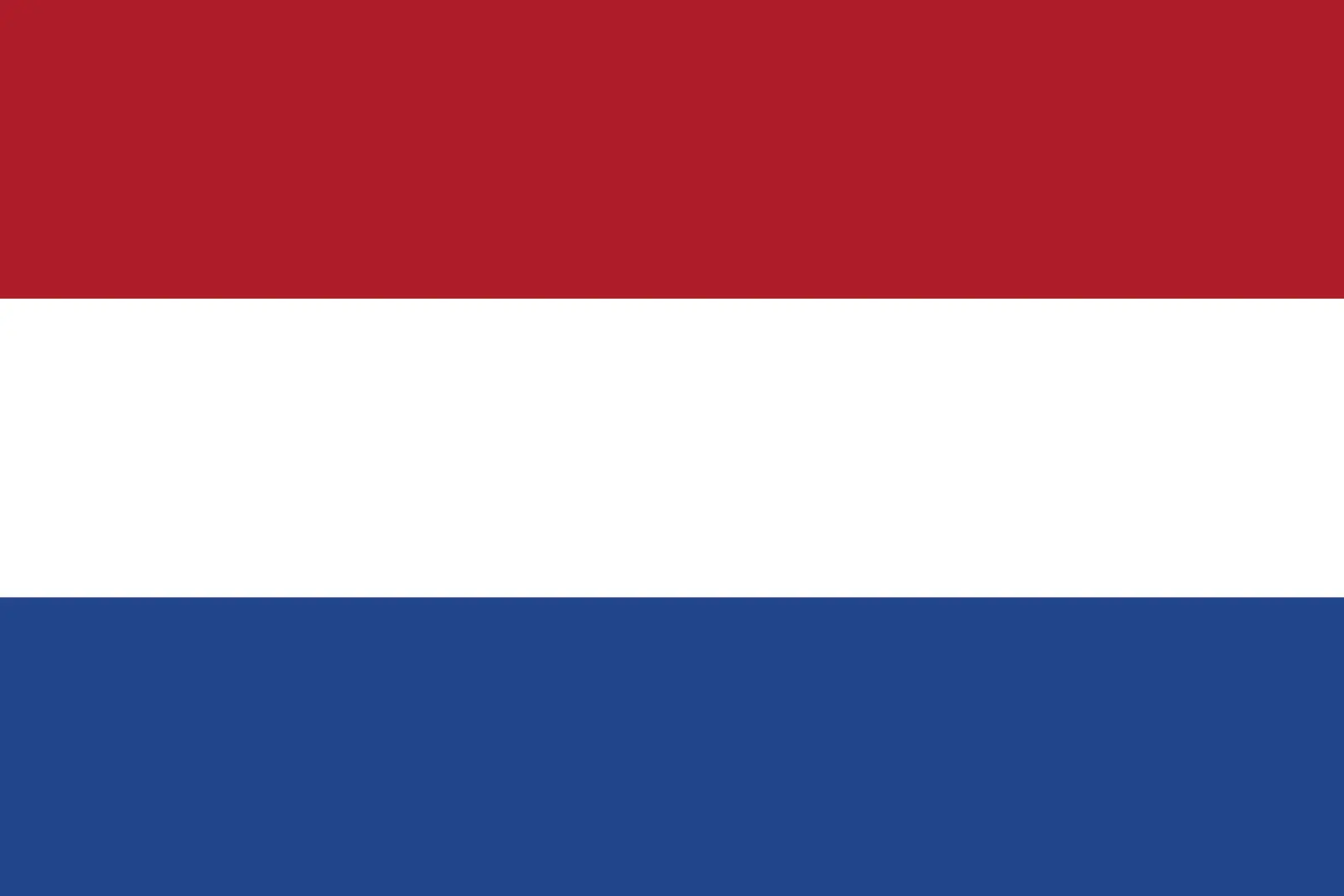 Netherlands (+31)
Netherlands (+31)
 New Caledonia (+687)
New Caledonia (+687)
 New Zealand (+64)
New Zealand (+64)
 Nicaragua (+505)
Nicaragua (+505)
 Niger (+227)
Niger (+227)
 Nigeria (+234)
Nigeria (+234)
 Niue (+683)
Niue (+683)
 Norfolk Island (+672)
Norfolk Island (+672)
 North Korea (+850)
North Korea (+850)
 Northern Mariana Islands (+1670)
Northern Mariana Islands (+1670)
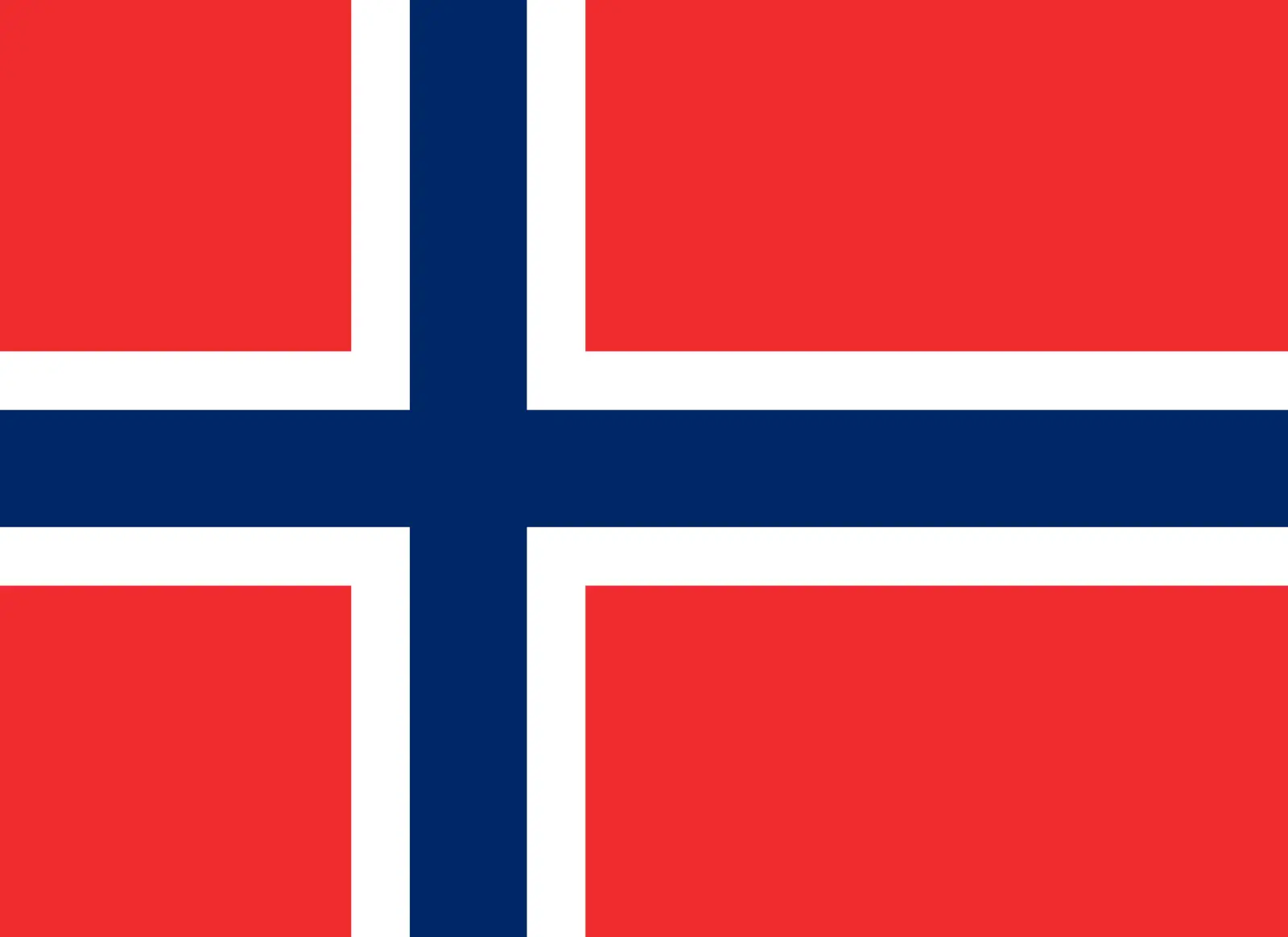 Norway (+47)
Norway (+47)
 Oman (+968)
Oman (+968)
 Pakistan (+92)
Pakistan (+92)
 Palau (+680)
Palau (+680)
 Palestine (+970)
Palestine (+970)
 Panama (+507)
Panama (+507)
 Papua New Guinea (+675)
Papua New Guinea (+675)
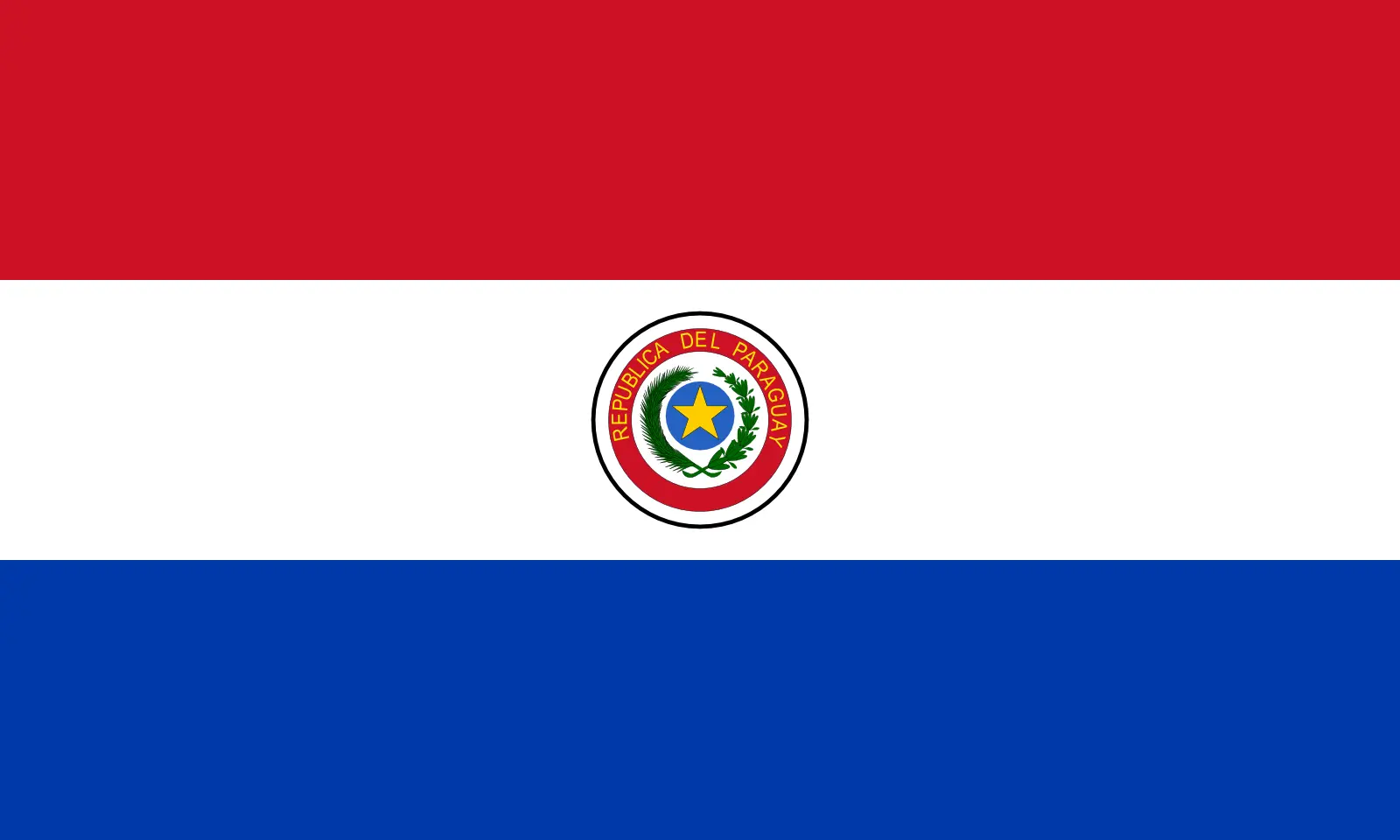 Paraguay (+595)
Paraguay (+595)
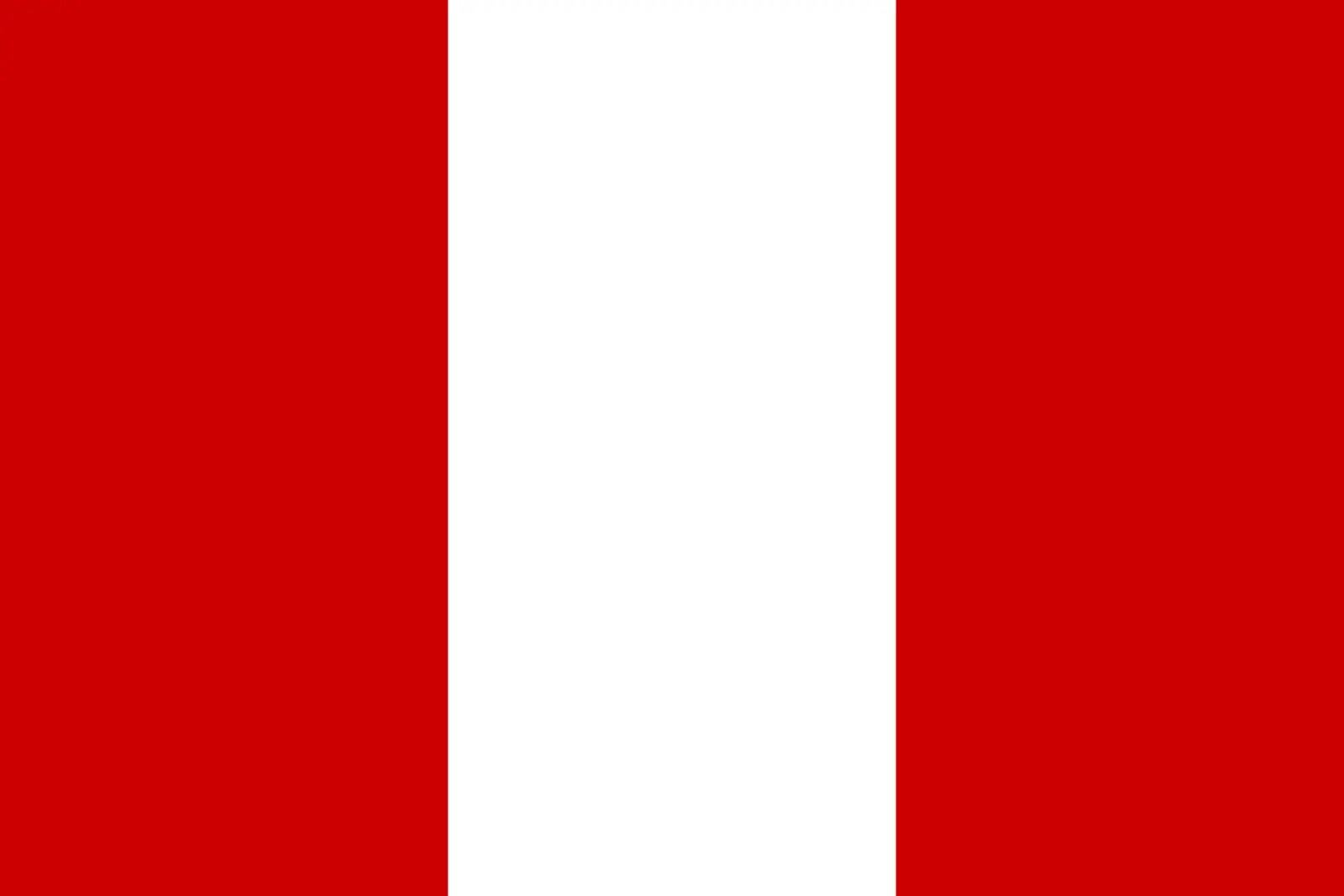 Peru (+51)
Peru (+51)
 Philippines (+63)
Philippines (+63)
 Poland (+48)
Poland (+48)
 Portugal (+351)
Portugal (+351)
 Puerto Rico (+1787)
Puerto Rico (+1787)
 Qatar (+974)
Qatar (+974)
 Romania (+40)
Romania (+40)
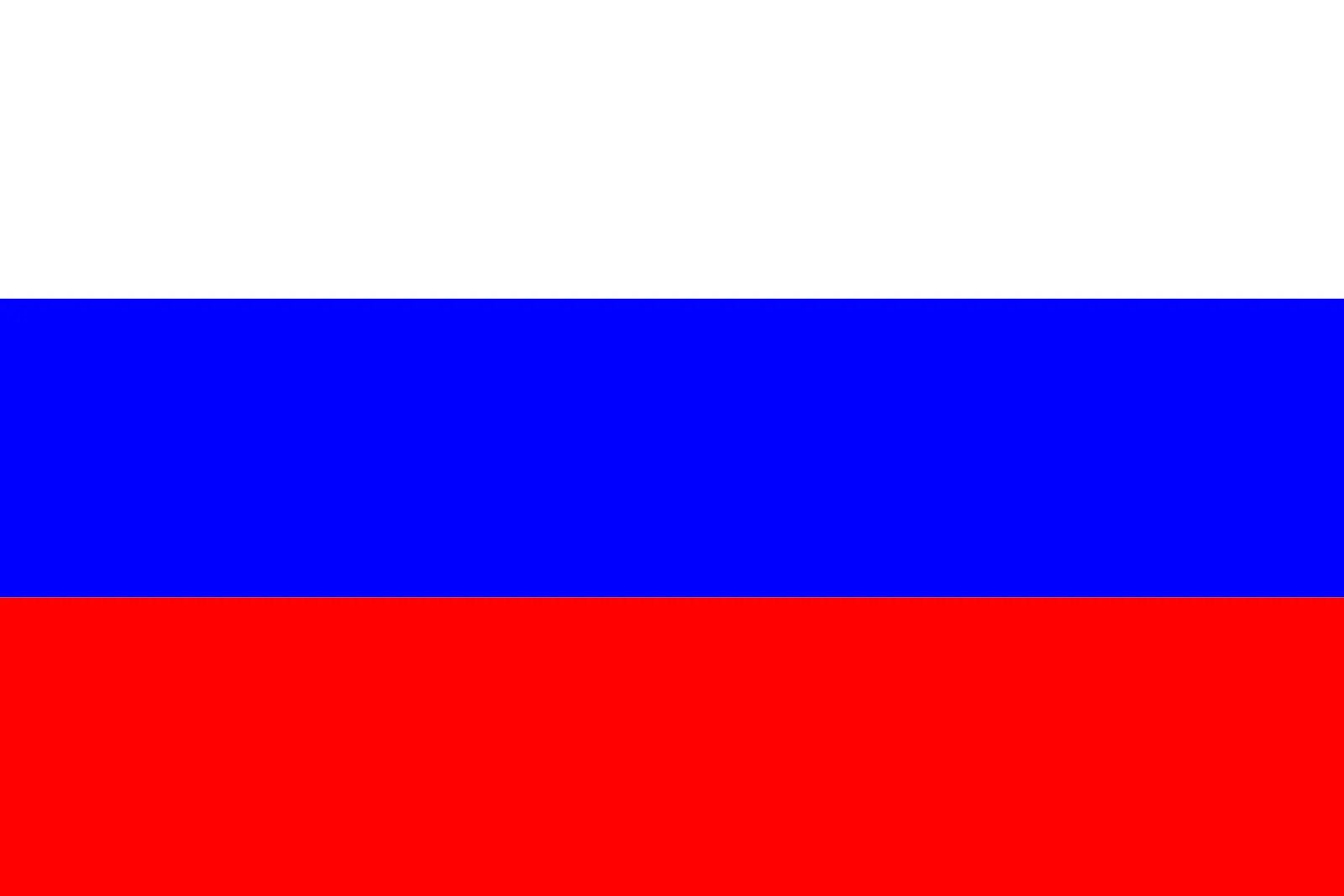 Russia (+7)
Russia (+7)
 Rwanda (+250)
Rwanda (+250)
 Saint Barthélemy (+590)
Saint Barthélemy (+590)
 Saint Helena, Ascension and Tristan da Cunha (+290)
Saint Helena, Ascension and Tristan da Cunha (+290)
 Saint Kitts and Nevis (+1869)
Saint Kitts and Nevis (+1869)
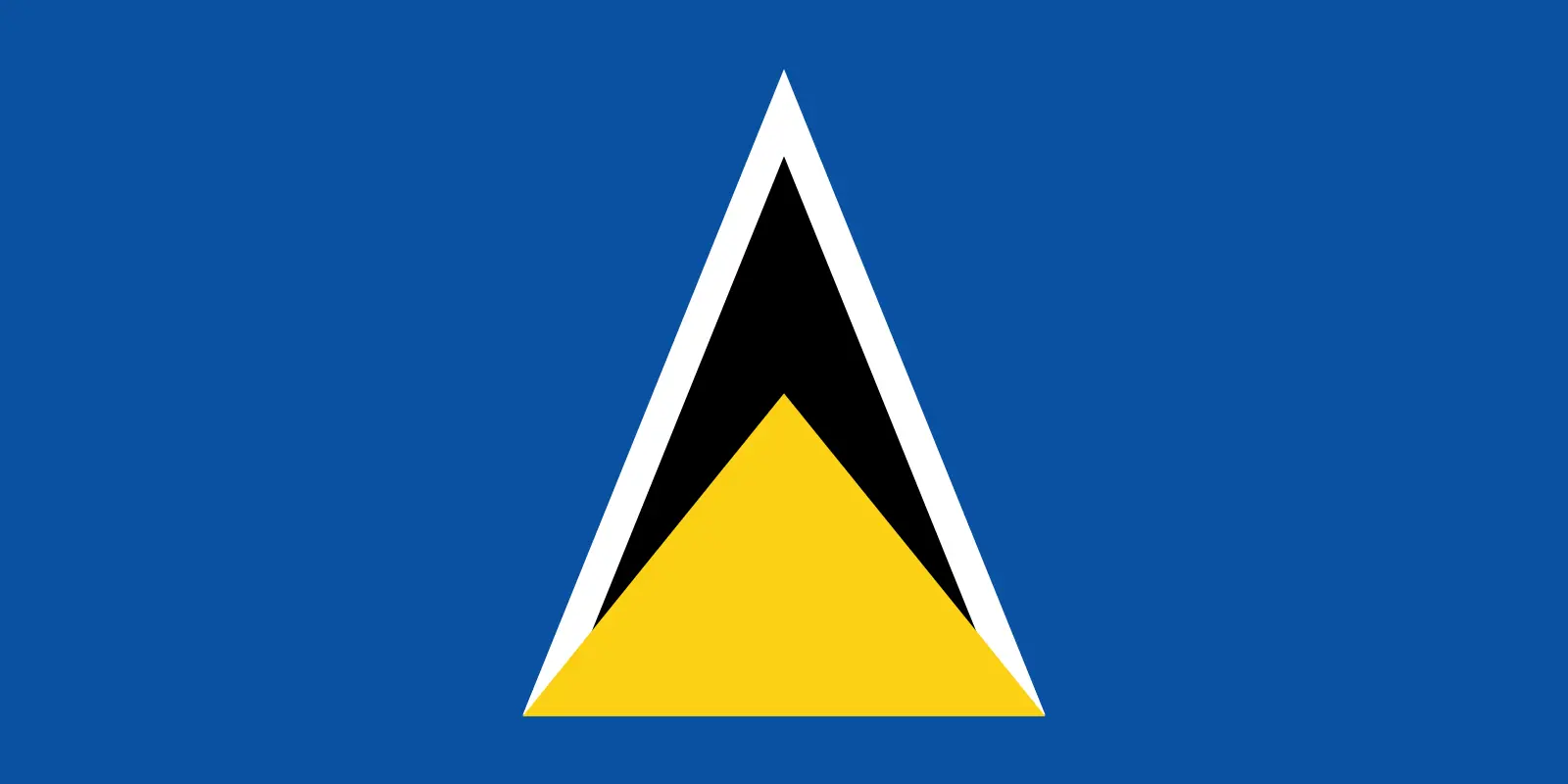 Saint Lucia (+1758)
Saint Lucia (+1758)
 Saint Martin (French part) (+590)
Saint Martin (French part) (+590)
 Saint Pierre and Miquelon (+508)
Saint Pierre and Miquelon (+508)
 Saint Vincent and the Grenadines (+1784)
Saint Vincent and the Grenadines (+1784)
 Samoa (+685)
Samoa (+685)
 San Marino (+378)
San Marino (+378)
 Sao Tome and Principe (+239)
Sao Tome and Principe (+239)
 Saudi Arabia (+966)
Saudi Arabia (+966)
 Senegal (+221)
Senegal (+221)
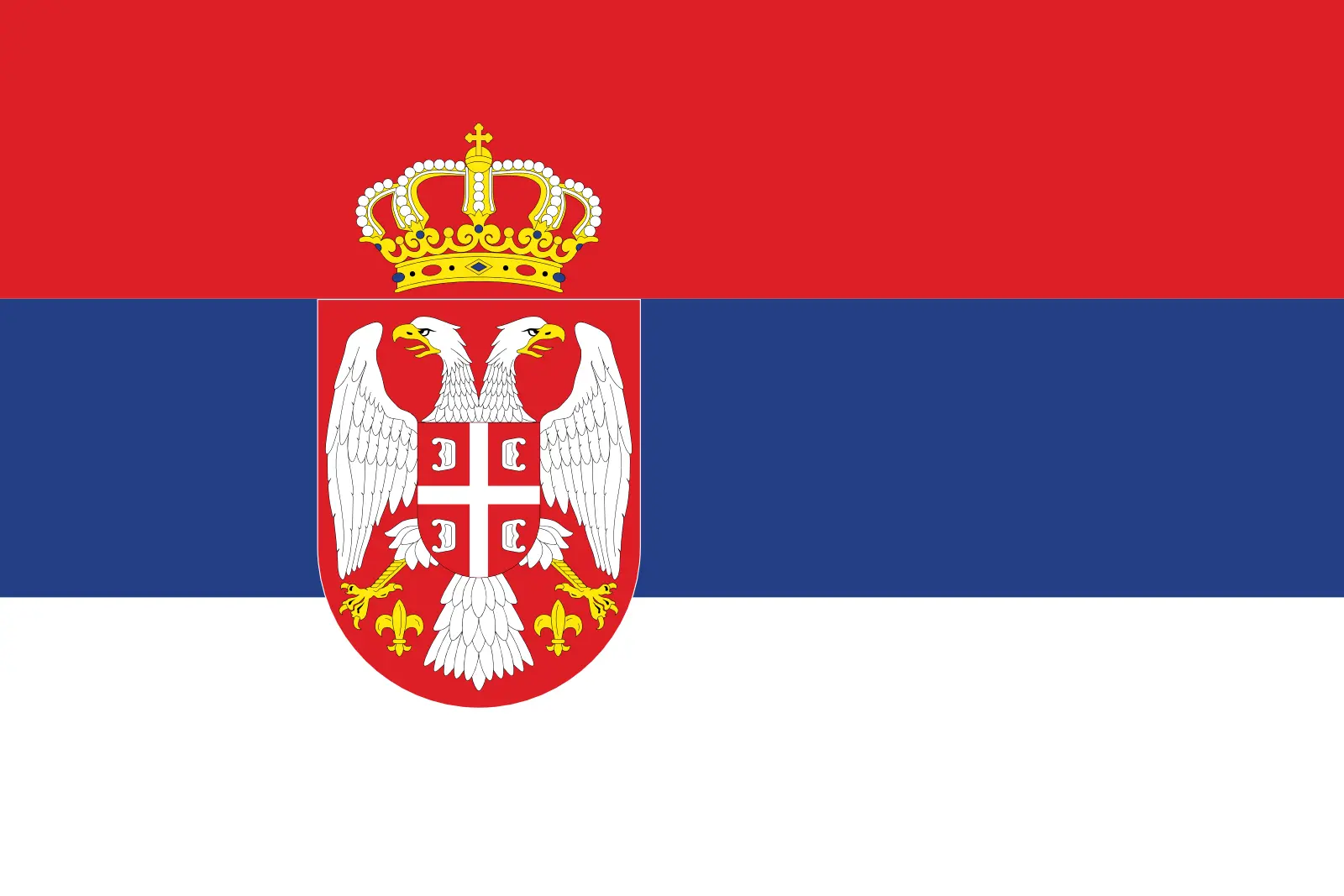 Serbia (+381)
Serbia (+381)
 Seychelles (+248)
Seychelles (+248)
 Sierra Leone (+232)
Sierra Leone (+232)
 Singapore (+65)
Singapore (+65)
 Sint Maarten (Dutch part) (+1721)
Sint Maarten (Dutch part) (+1721)
 Slovakia (+421)
Slovakia (+421)
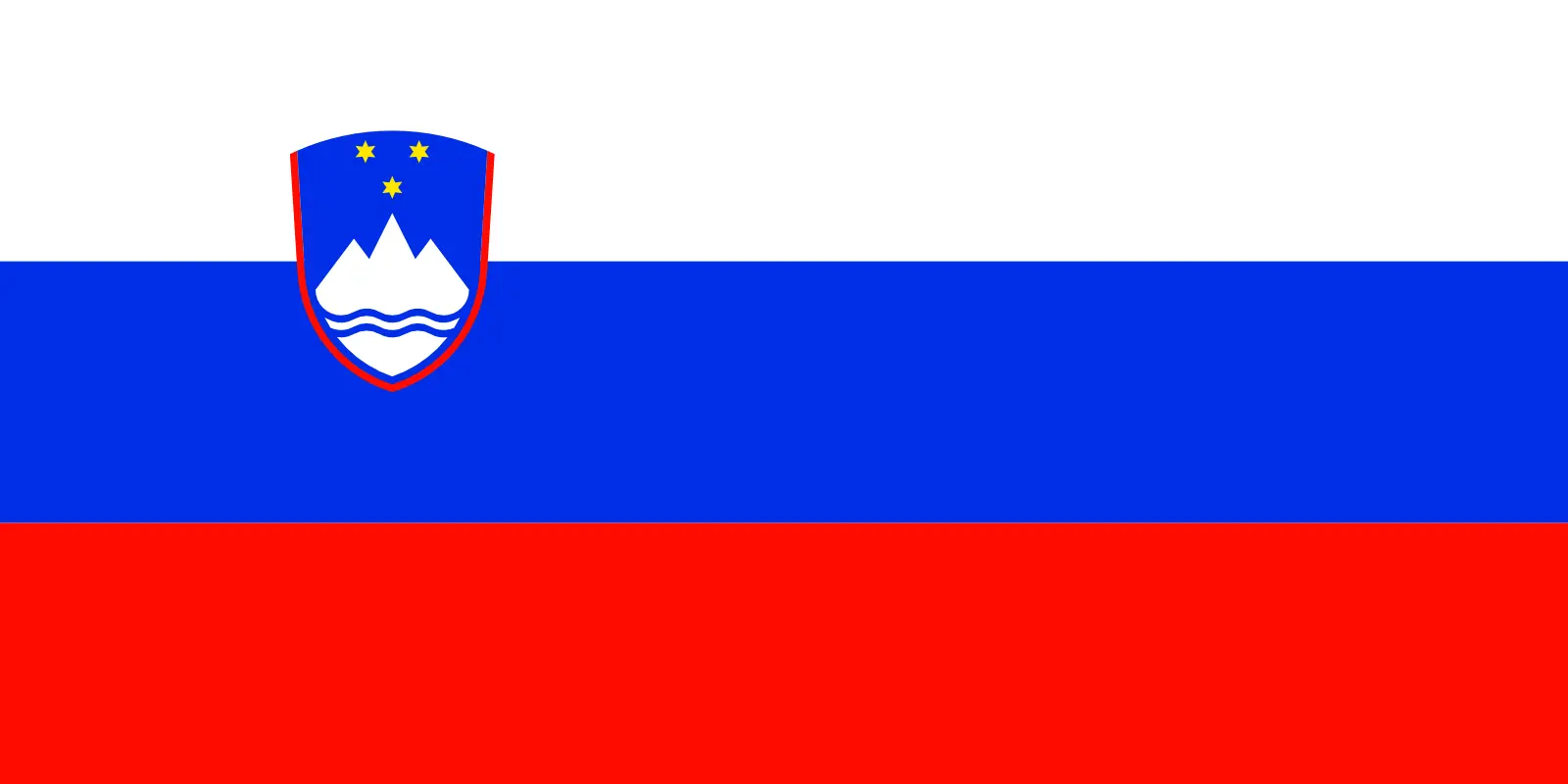 Slovenia (+386)
Slovenia (+386)
 Solomon Islands (+677)
Solomon Islands (+677)
 Somalia (+252)
Somalia (+252)
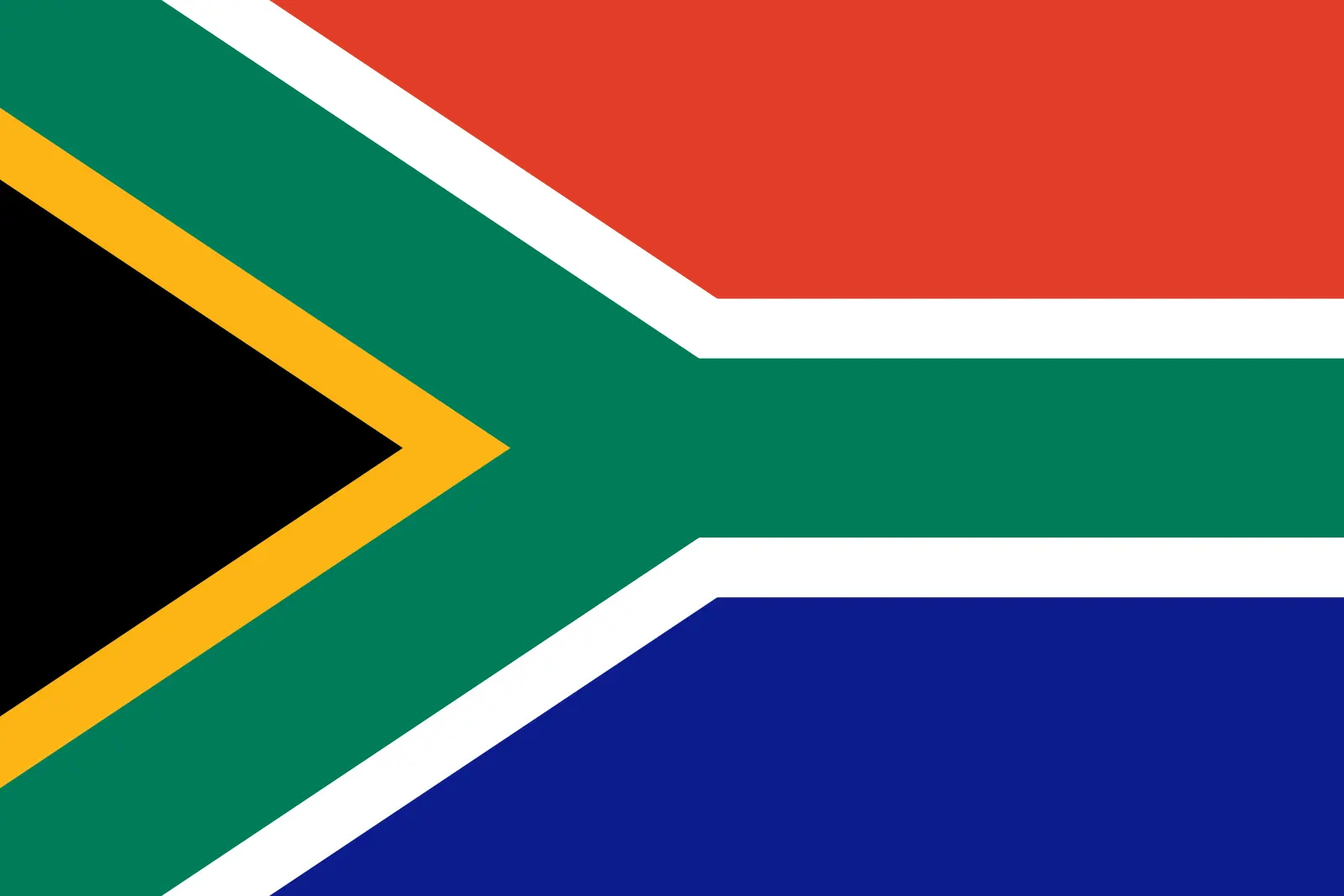 South Africa (+27)
South Africa (+27)
 South Georgia and the South Sandwich Islands (+0)
South Georgia and the South Sandwich Islands (+0)
 South Korea (+82)
South Korea (+82)
 South Sudan (+211)
South Sudan (+211)
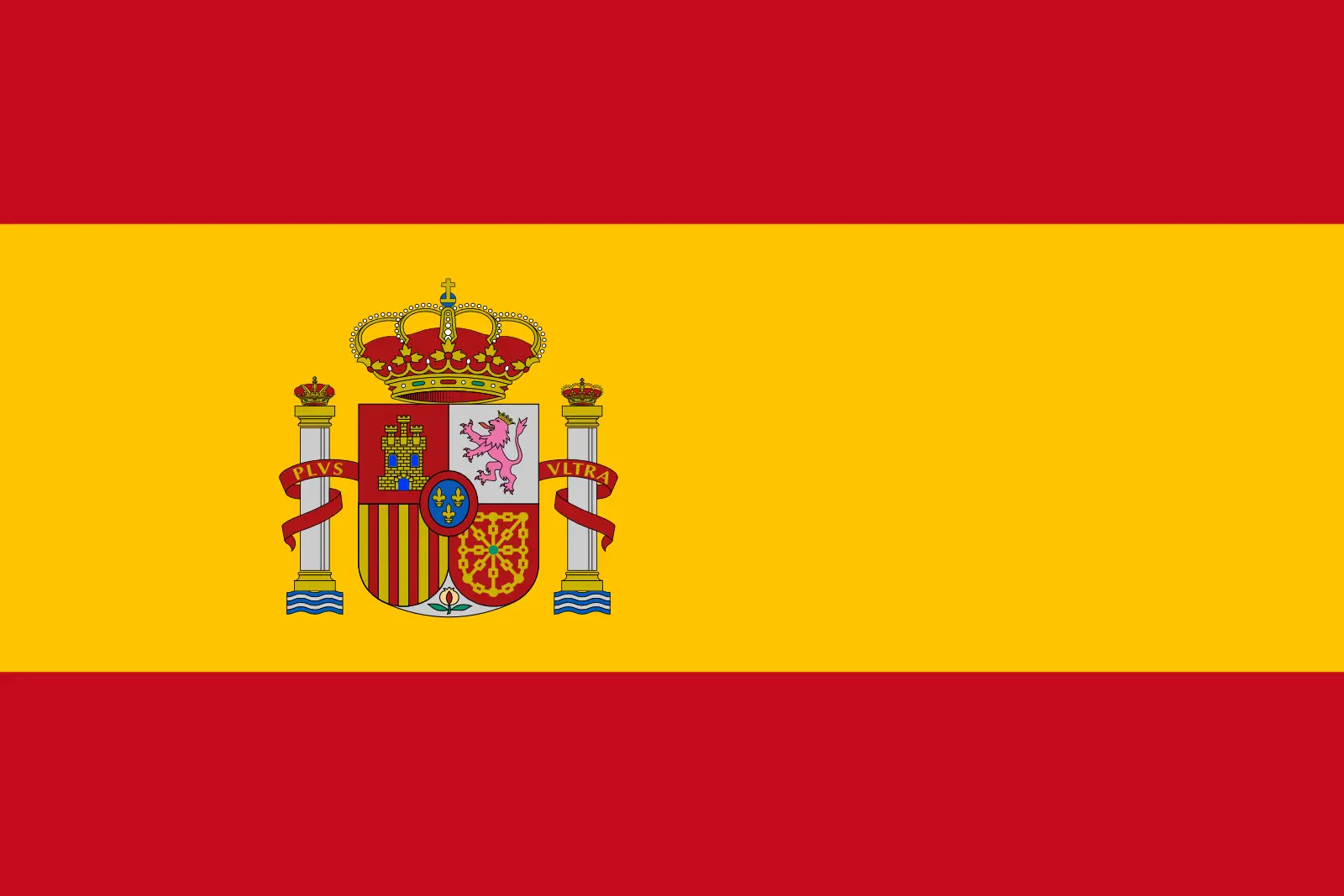 Spain (+34)
Spain (+34)
 Sri Lanka (+94)
Sri Lanka (+94)
 Sudan (+249)
Sudan (+249)
 Suriname (+597)
Suriname (+597)
 Svalbard and Jan Mayen (+47)
Svalbard and Jan Mayen (+47)
 Eswatini (+268)
Eswatini (+268)
 Sweden (+46)
Sweden (+46)
 Switzerland (+41)
Switzerland (+41)
 Syria (+963)
Syria (+963)
 Taiwan (+886)
Taiwan (+886)
 Tajikistan (+992)
Tajikistan (+992)
 Tanzania (+255)
Tanzania (+255)
 Thailand (+66)
Thailand (+66)
 Togo (+228)
Togo (+228)
 Tokelau (+690)
Tokelau (+690)
 Tonga (+676)
Tonga (+676)
 Trinidad and Tobago (+1868)
Trinidad and Tobago (+1868)
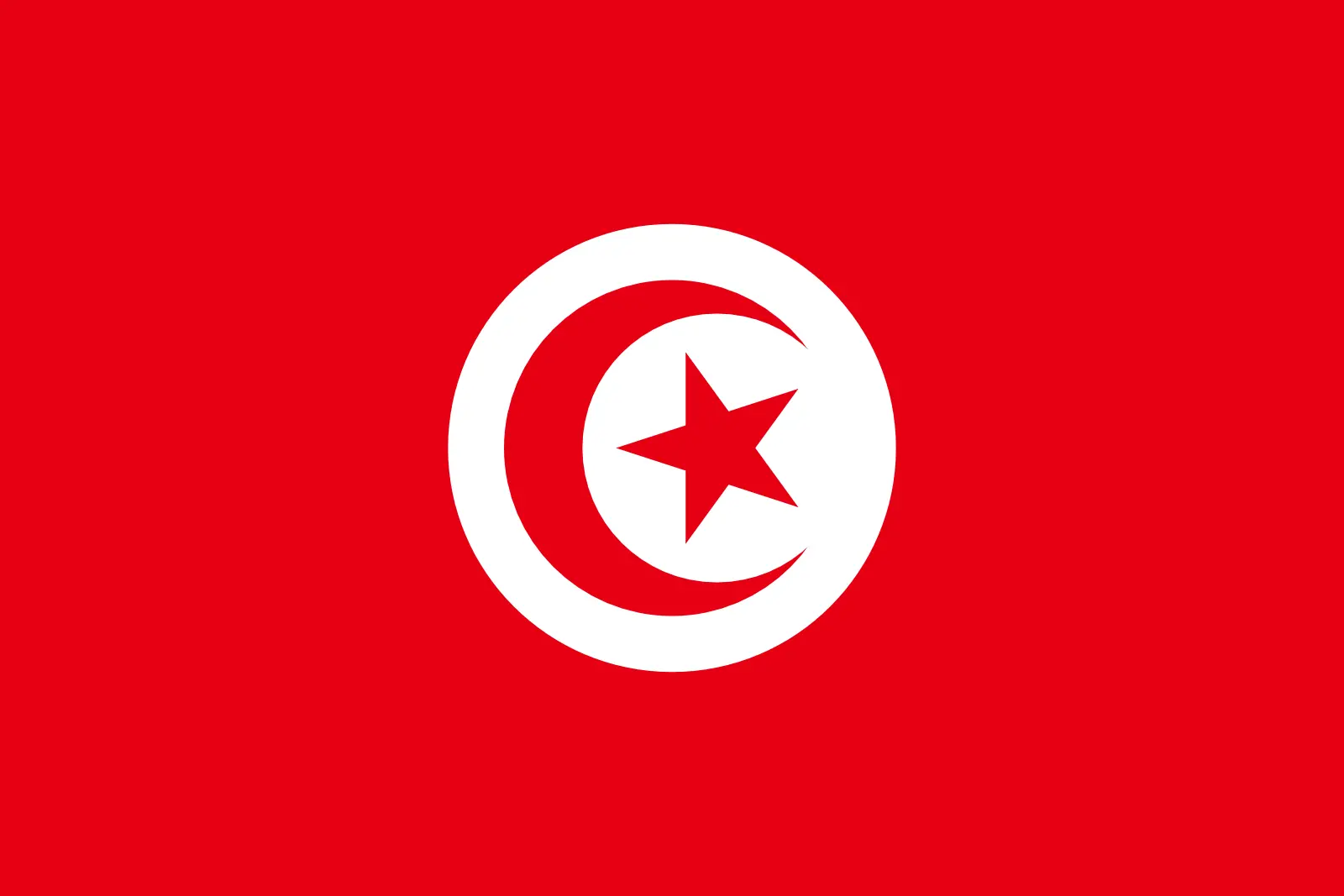 Tunisia (+216)
Tunisia (+216)
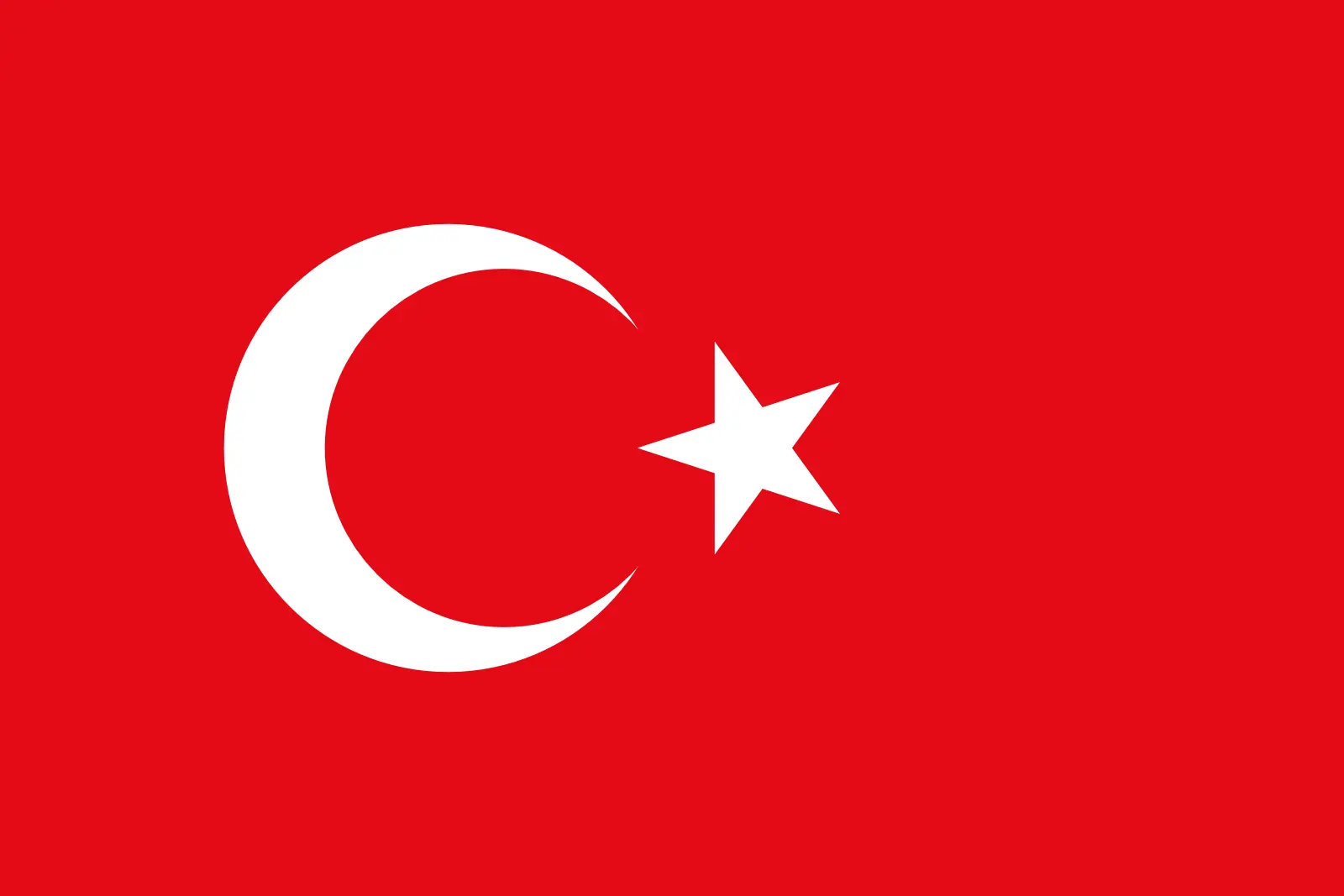 Turkey (+90)
Turkey (+90)
 Turkmenistan (+993)
Turkmenistan (+993)
 Turks and Caicos Islands (+1649)
Turks and Caicos Islands (+1649)
 Tuvalu (+688)
Tuvalu (+688)
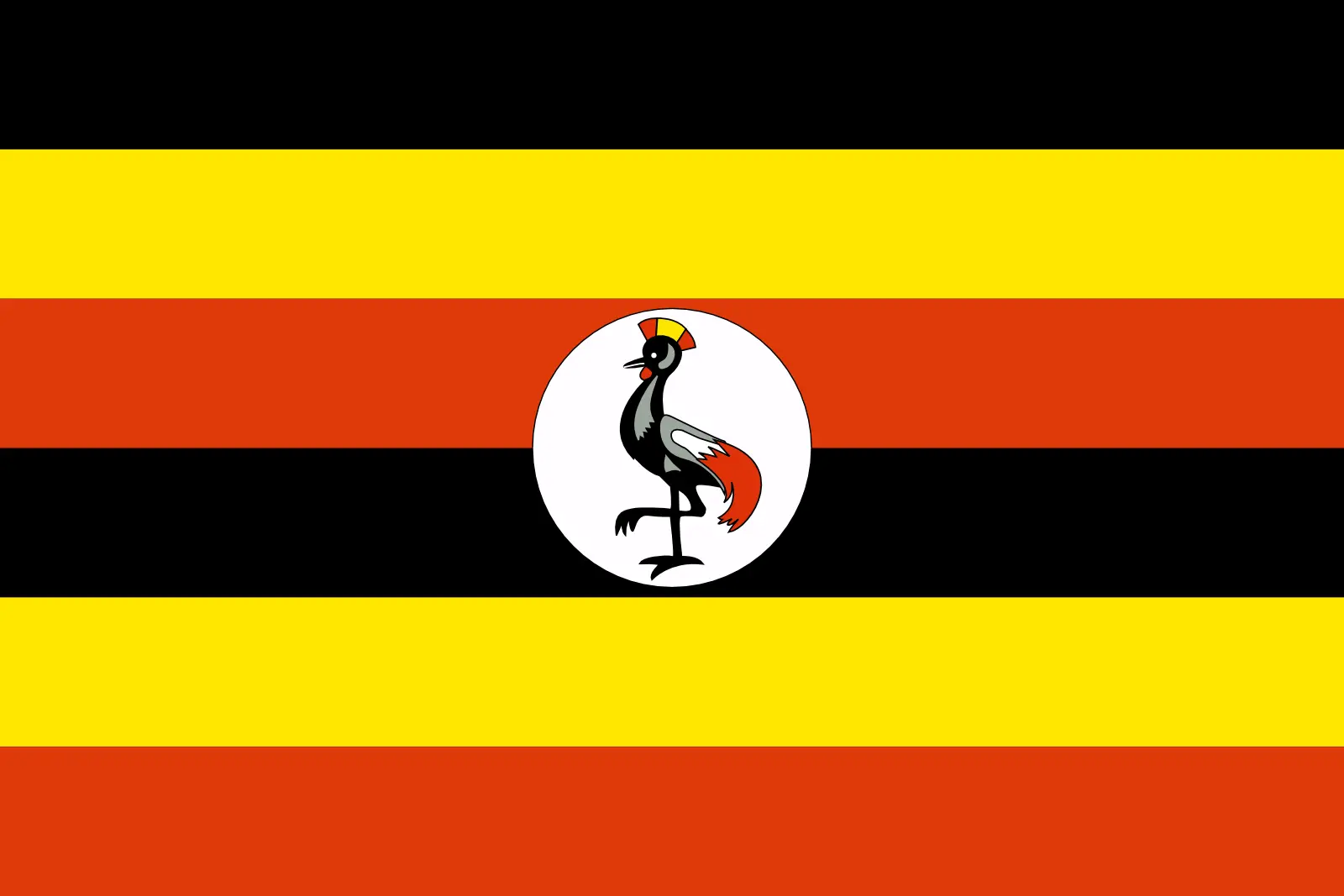 Uganda (+256)
Uganda (+256)
 Ukraine (+380)
Ukraine (+380)
 United Arab Emirates (+971)
United Arab Emirates (+971)
 United Kingdom (+44)
United Kingdom (+44)
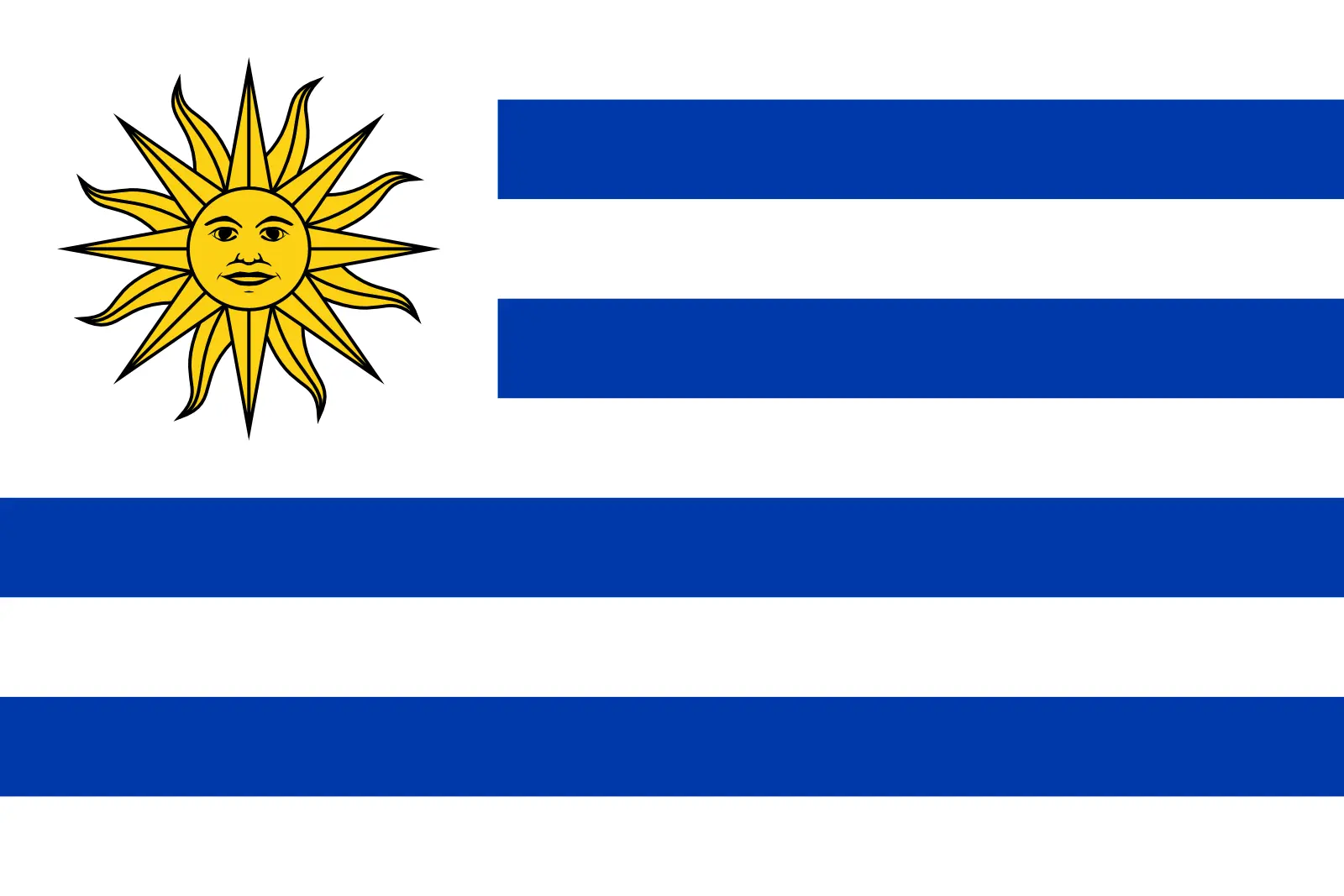 Uruguay (+598)
Uruguay (+598)
 Uzbekistan (+998)
Uzbekistan (+998)
 Vanuatu (+678)
Vanuatu (+678)
 Vatican City (+39)
Vatican City (+39)
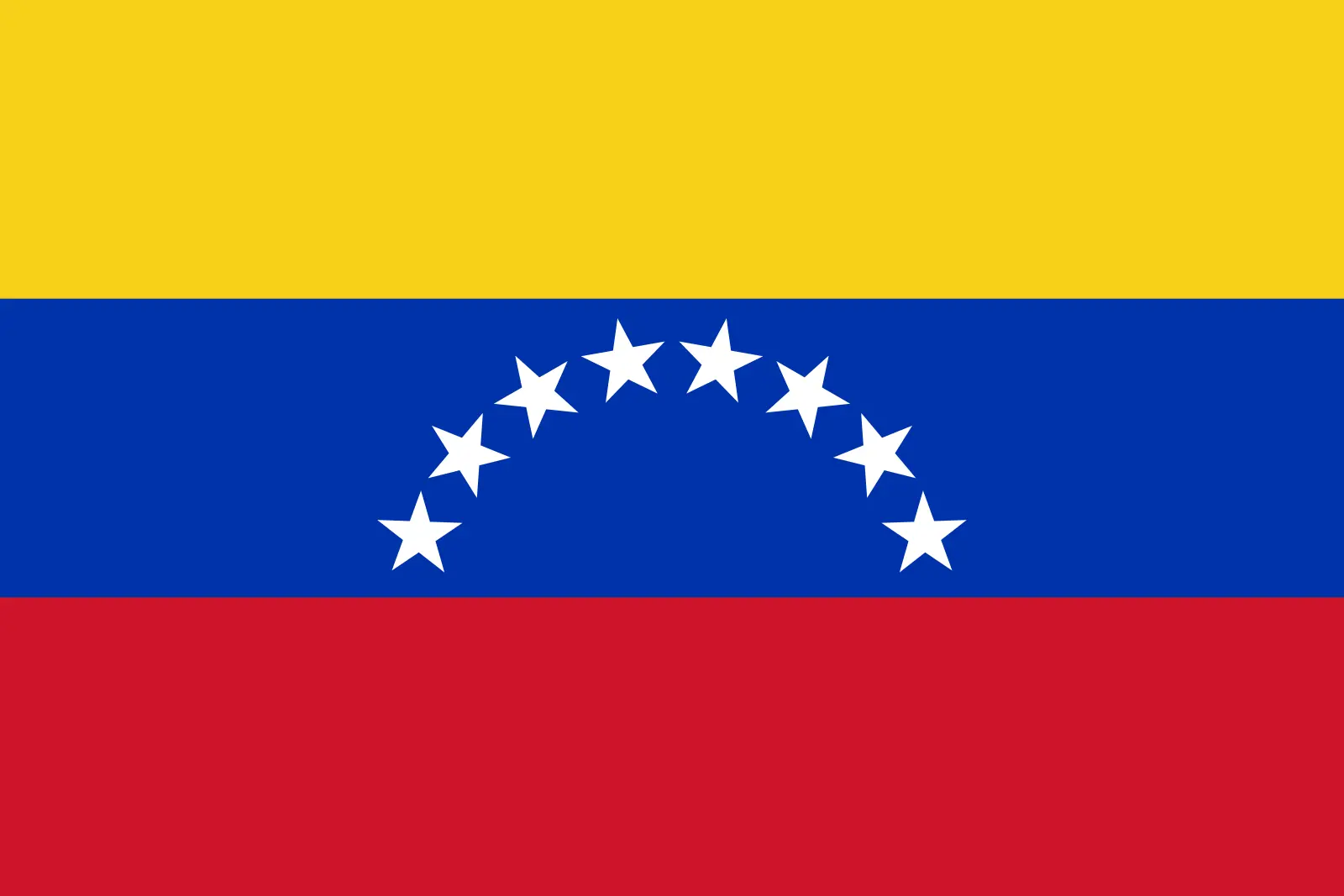 Venezuela (Bolivarian Republic of) (+58)
Venezuela (Bolivarian Republic of) (+58)
 Vietnam (+84)
Vietnam (+84)
 Wallis and Futuna (+681)
Wallis and Futuna (+681)
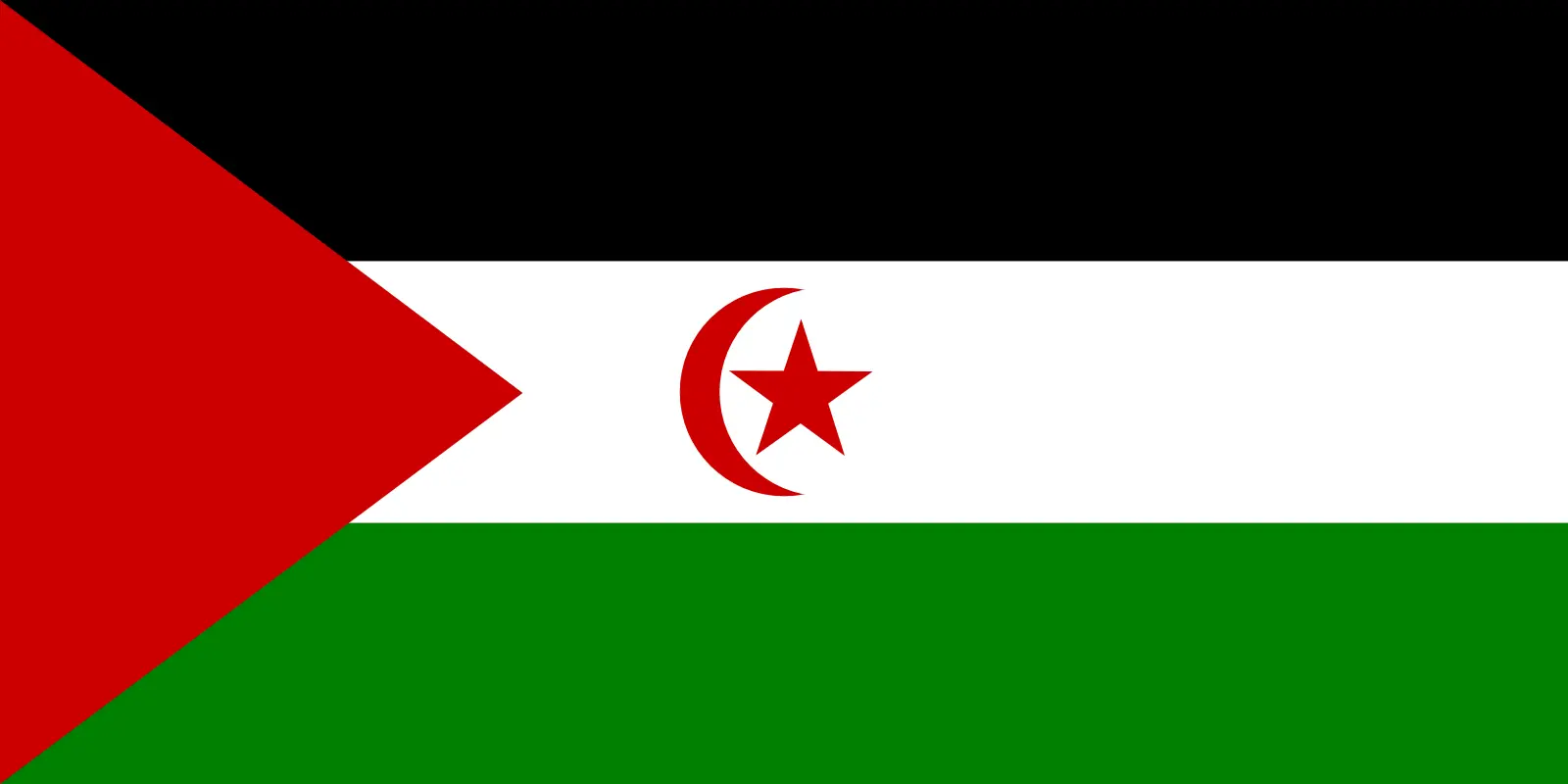 Western Sahara (+212)
Western Sahara (+212)
 Yemen (+967)
Yemen (+967)
 Zambia (+260)
Zambia (+260)
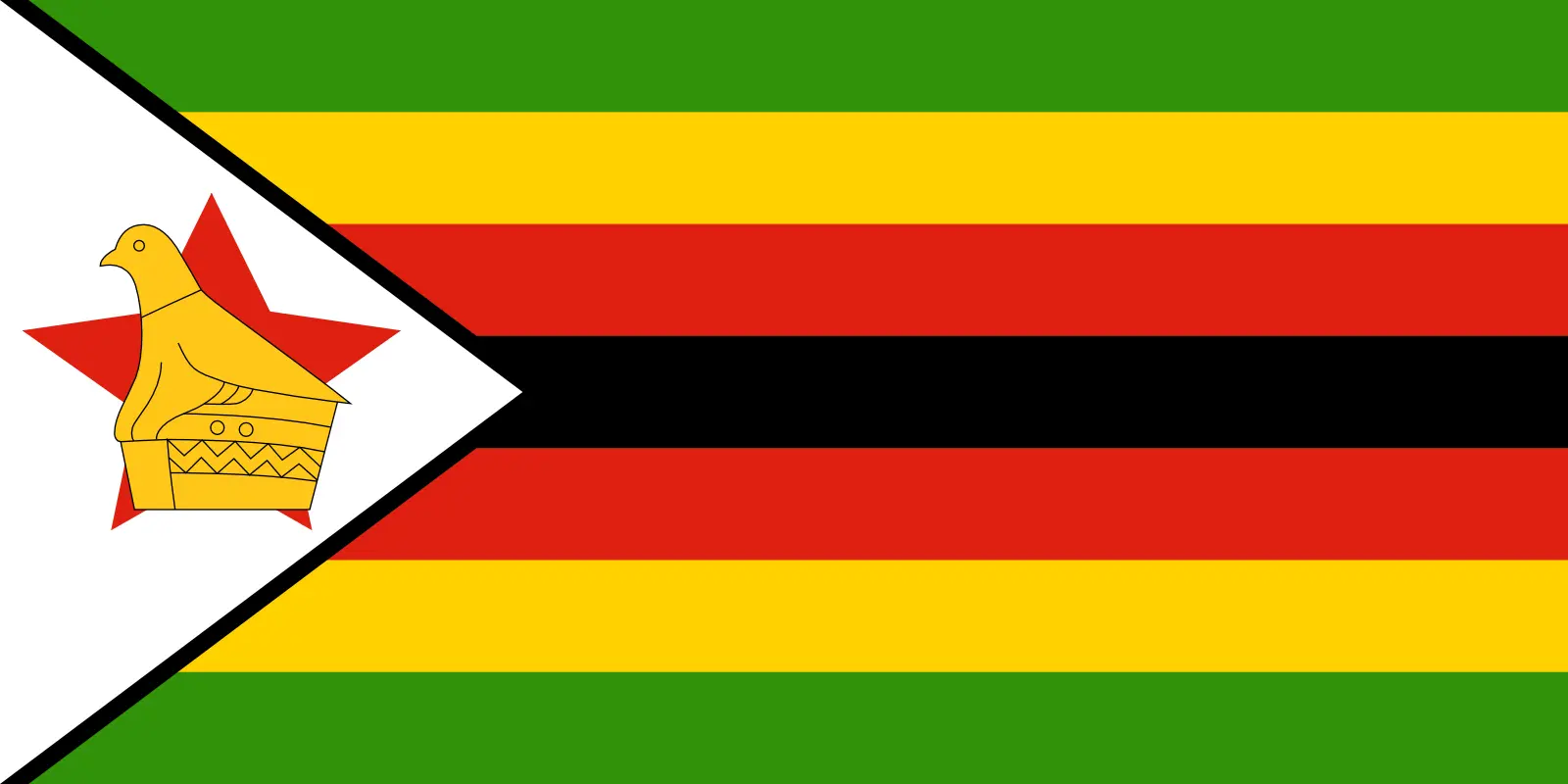 Zimbabwe (+263)
Zimbabwe (+263)

